Space Exploration
Latest about Space Exploration
-
-
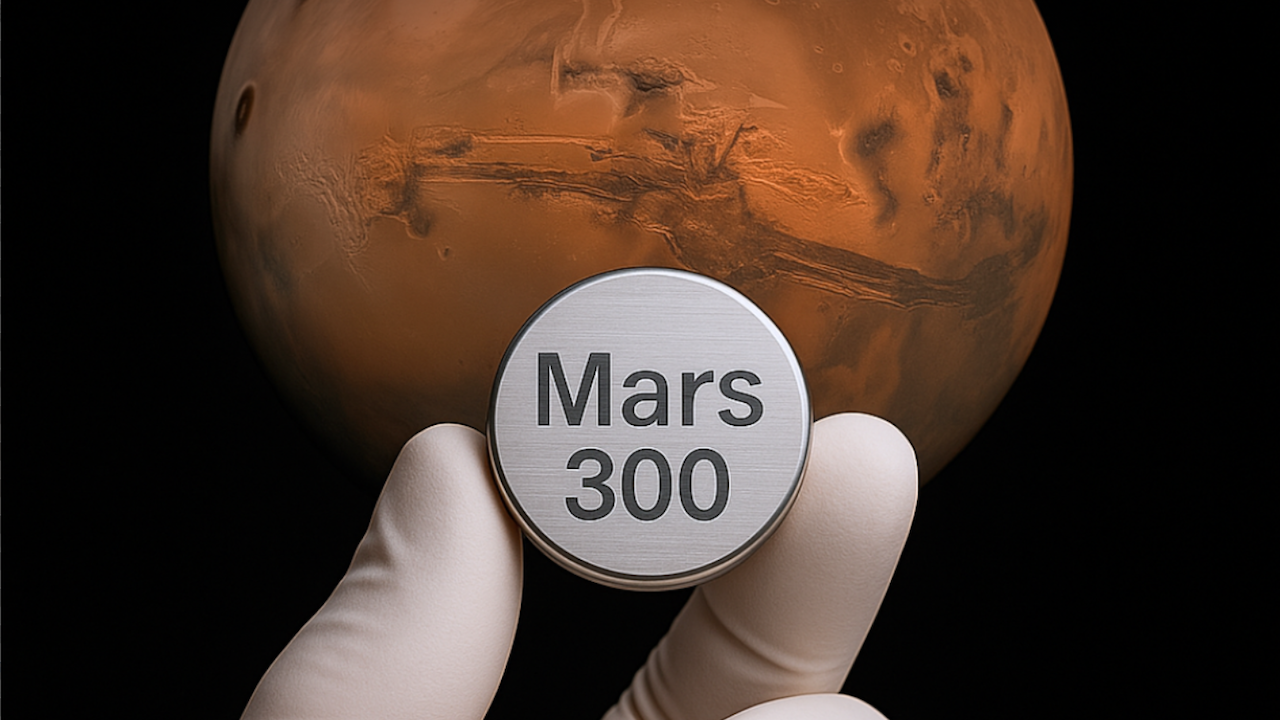
This company wants to be the 1st to launch human remains to Mars. Will it ever get there?
By Jeff Spry Published
-
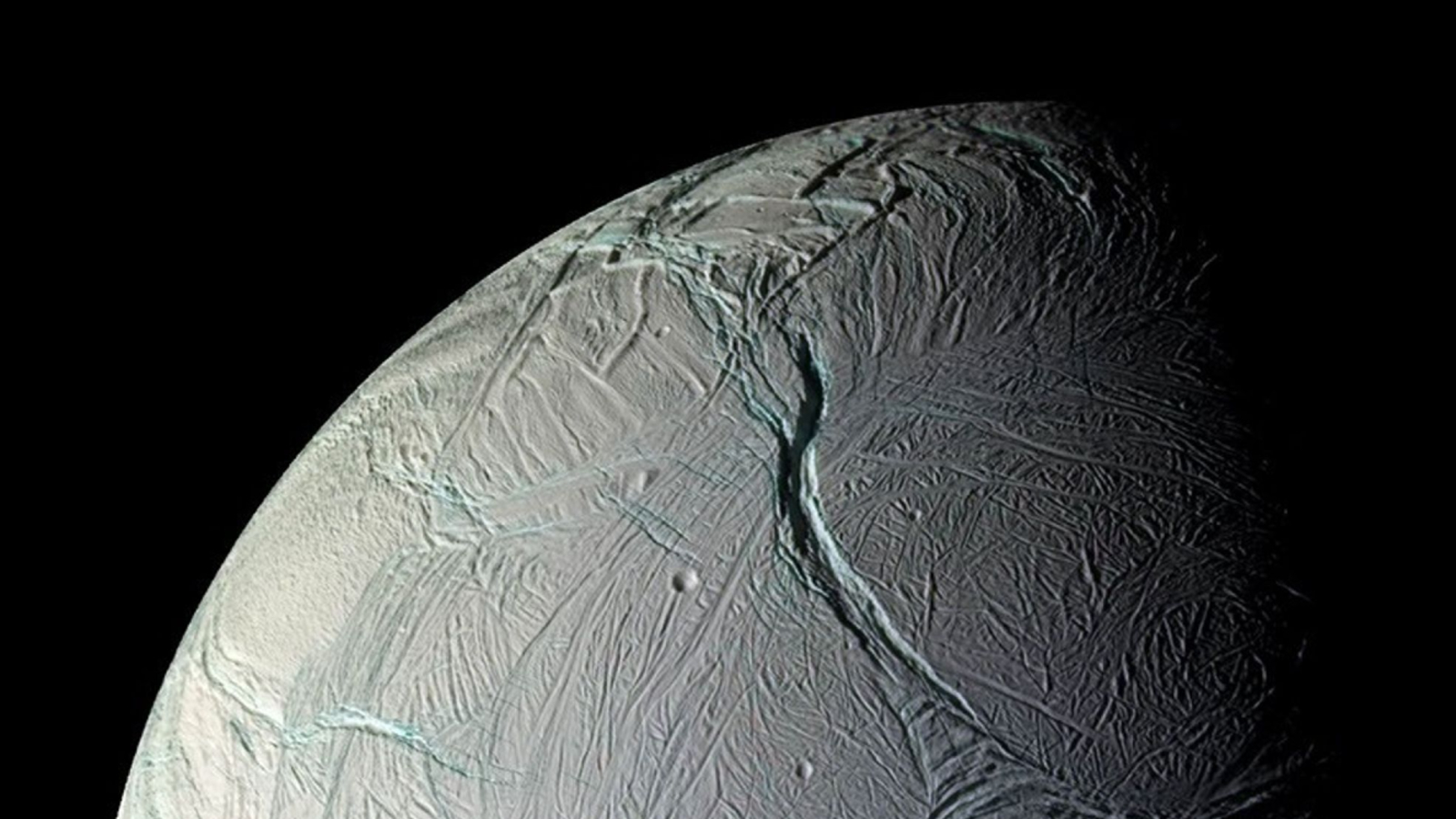
Heat leaking from Saturn's ocean moon Enceladus bolsters its case as an abode for life
By Keith Cooper Published
-
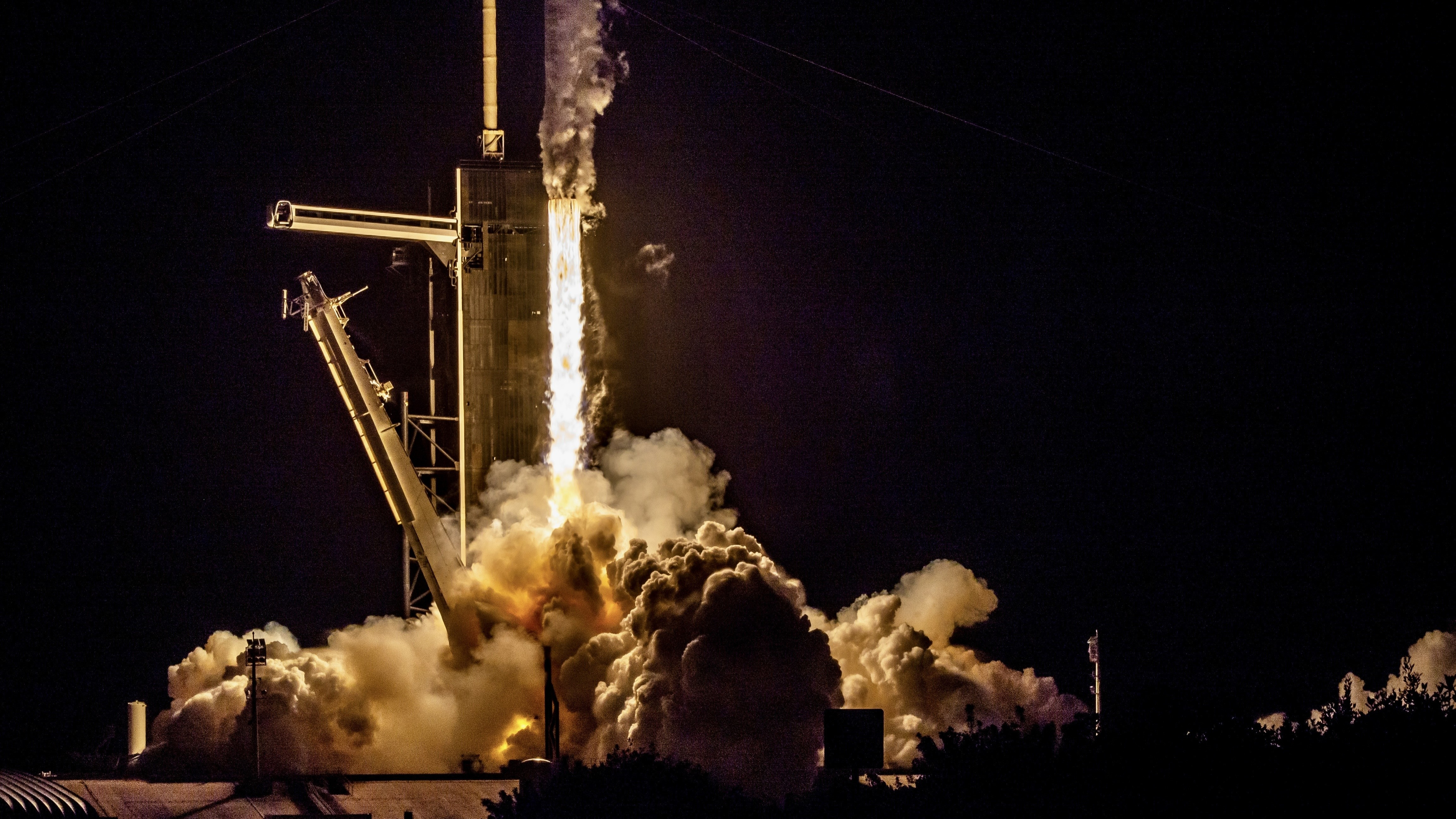
FAA restricts commercial rocket launches indefinitely due to air traffic risks from government shutdown
By Josh Dinner Published
-
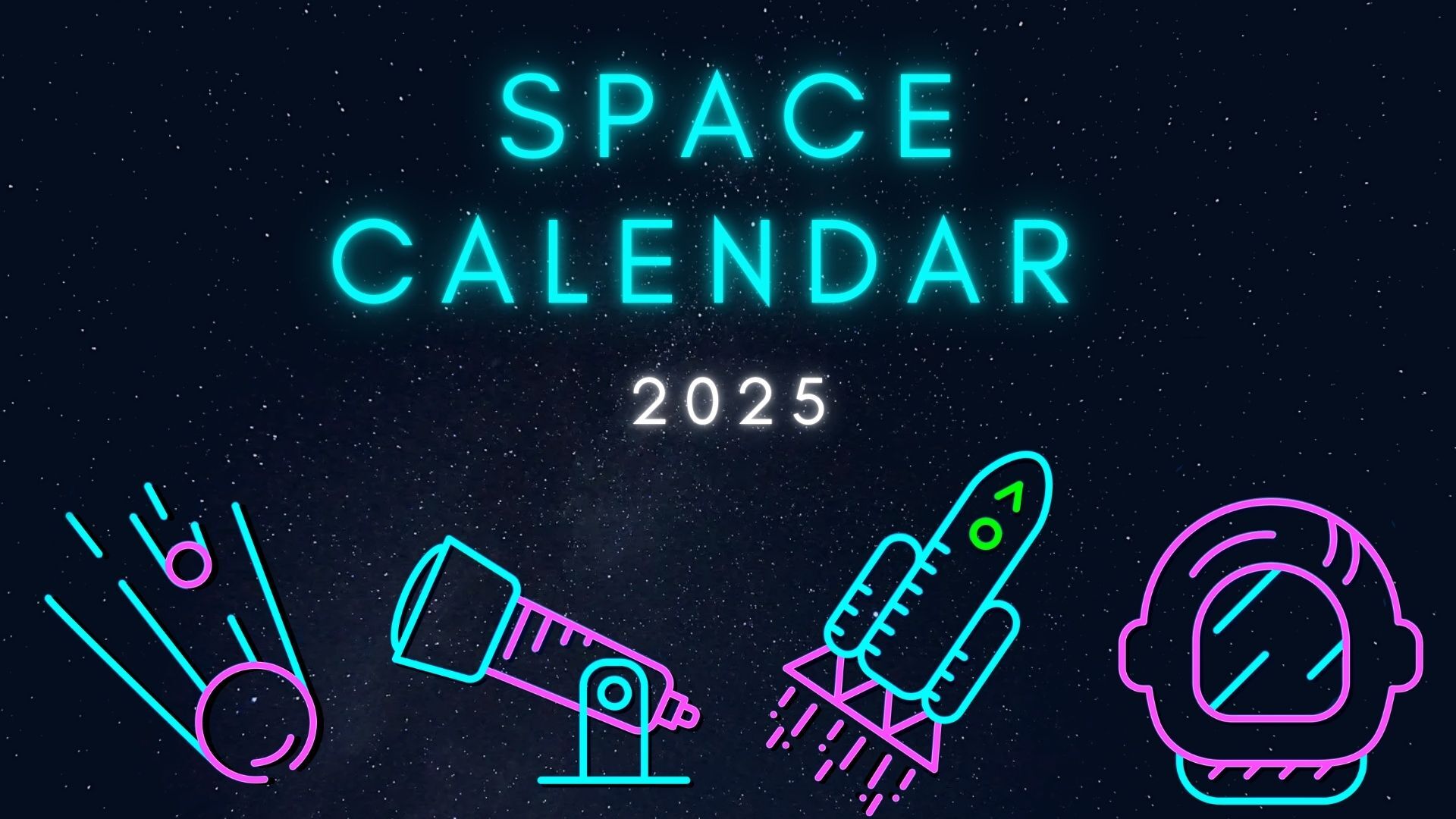 Reference
ReferenceSpace calendar 2025: Rocket launches, skywatching events, missions & more!
By Space.com Last updated
-
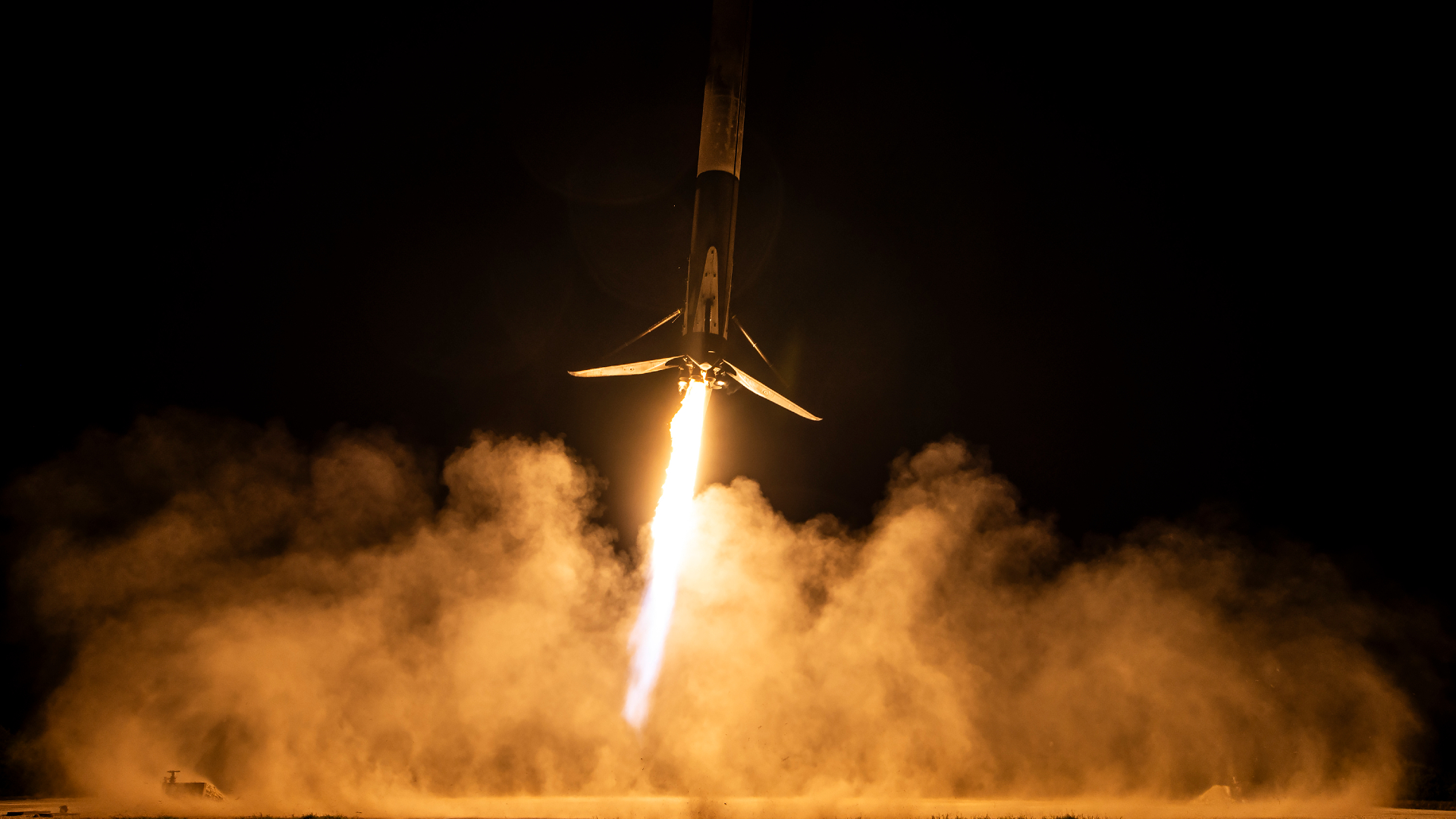
SpaceX's fiery Falcon 9 comes in for a landing | Space photo of the day for Nov. 7, 2025
By Kenna Hughes-Castleberry Published
-
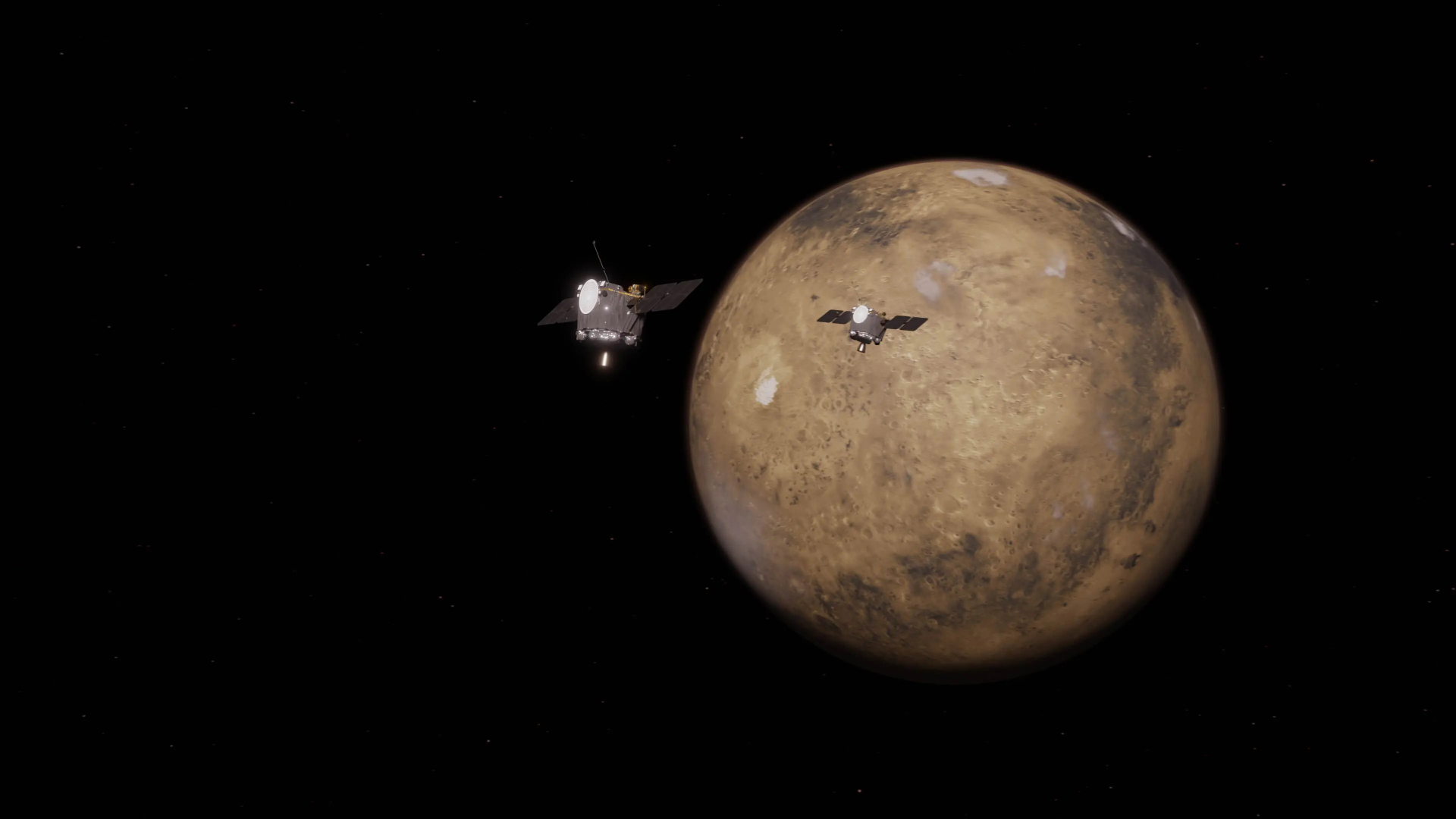
NASA's new Mars mission: These twin satellites could reveal how the Red Planet lost its atmosphere
By Sharmila Kuthunur Published
-

On this day in space! Nov. 7, 1996: Mars Global Surveyor launches to the Red Planet
By Hanneke Weitering Last updated
-
Explore Space Exploration
Human spaceflight
-
-
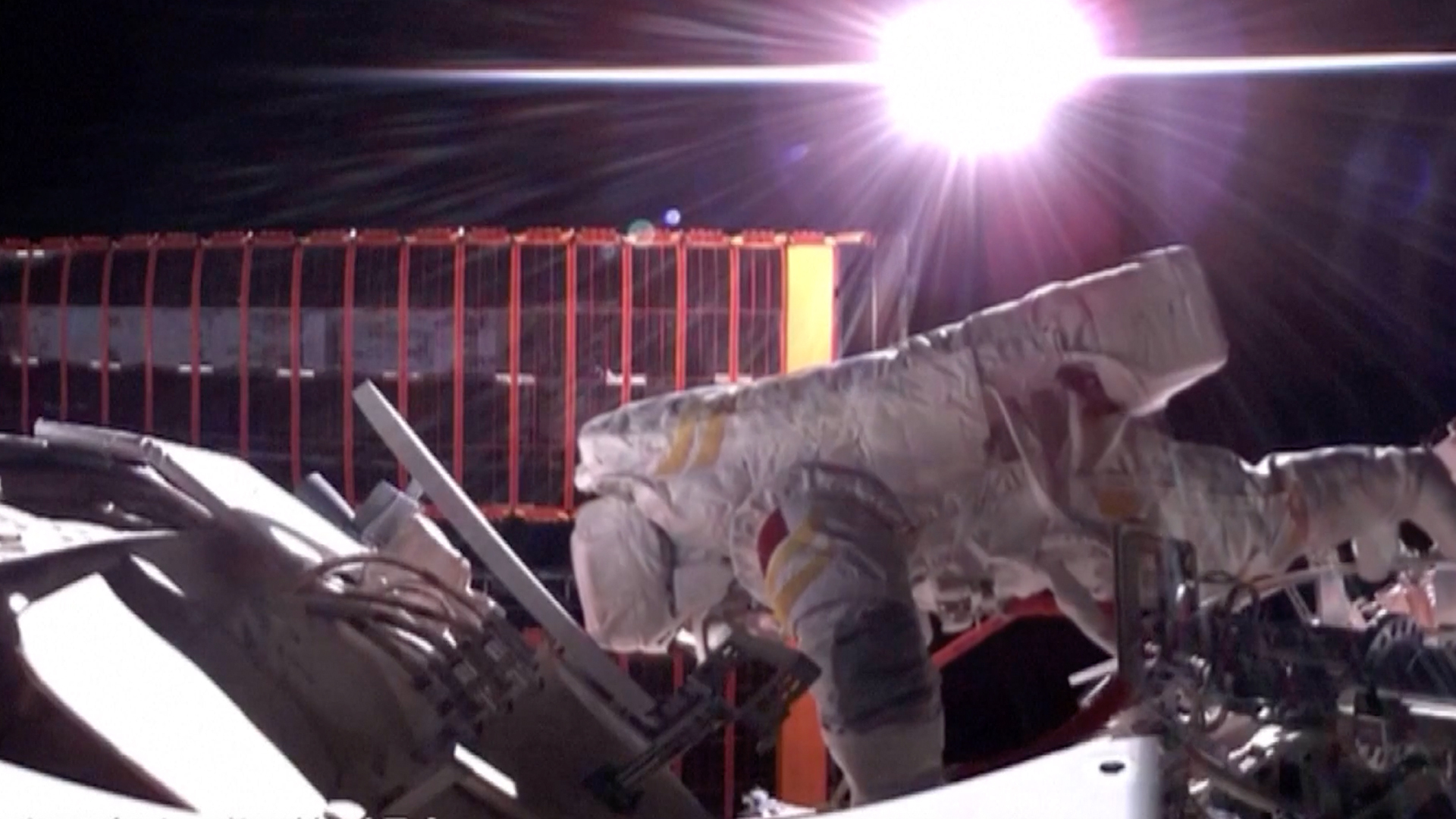
Space debris may have hit a Chinese spacecraft, delaying return of Shenzhou 20 astronauts
By Josh Dinner Published
-
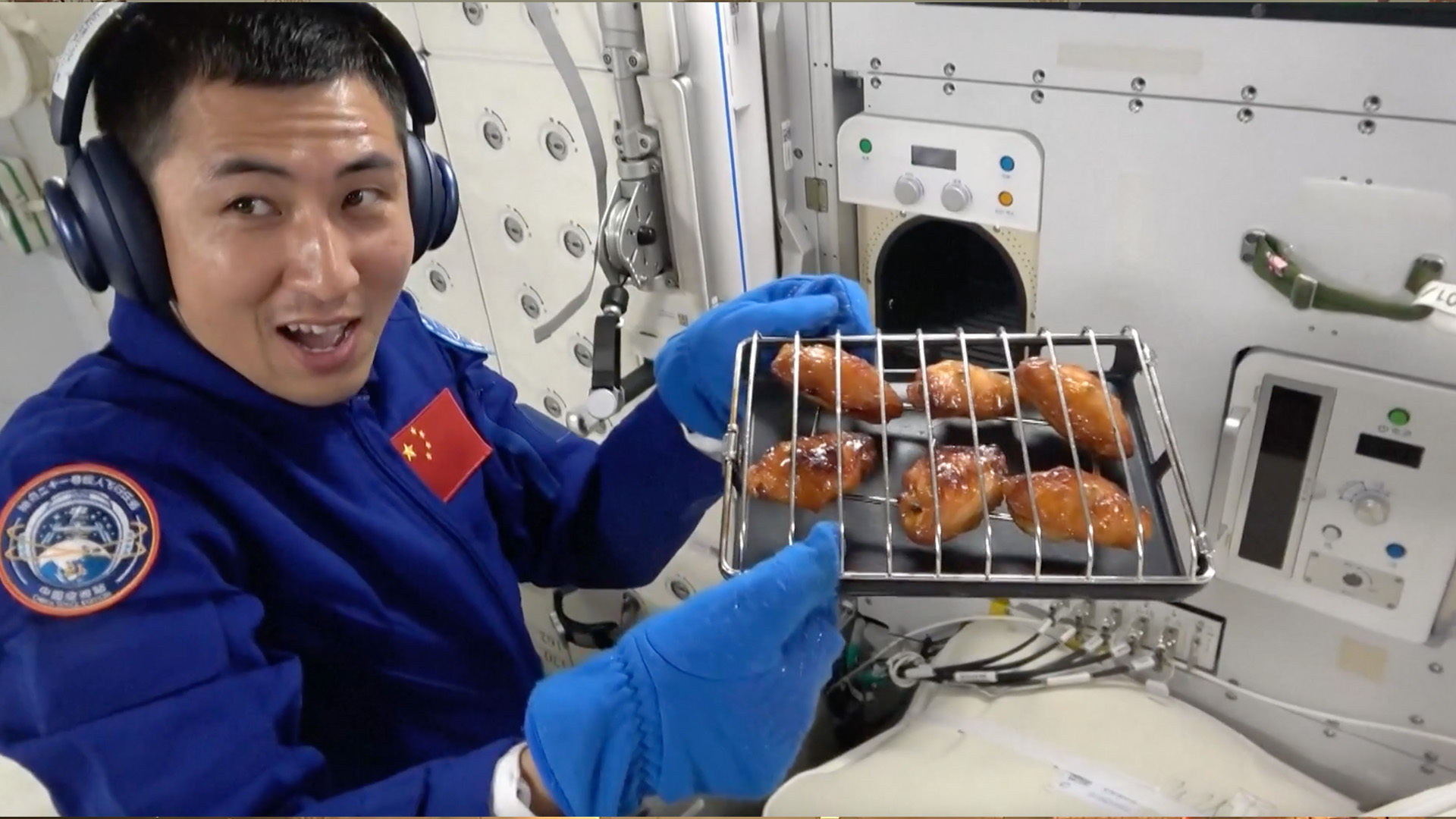
Watch Chinese astronauts enjoy '1st ever space BBQ' from Tiangong's brand-new oven (video)
By Josh Dinner Published
-
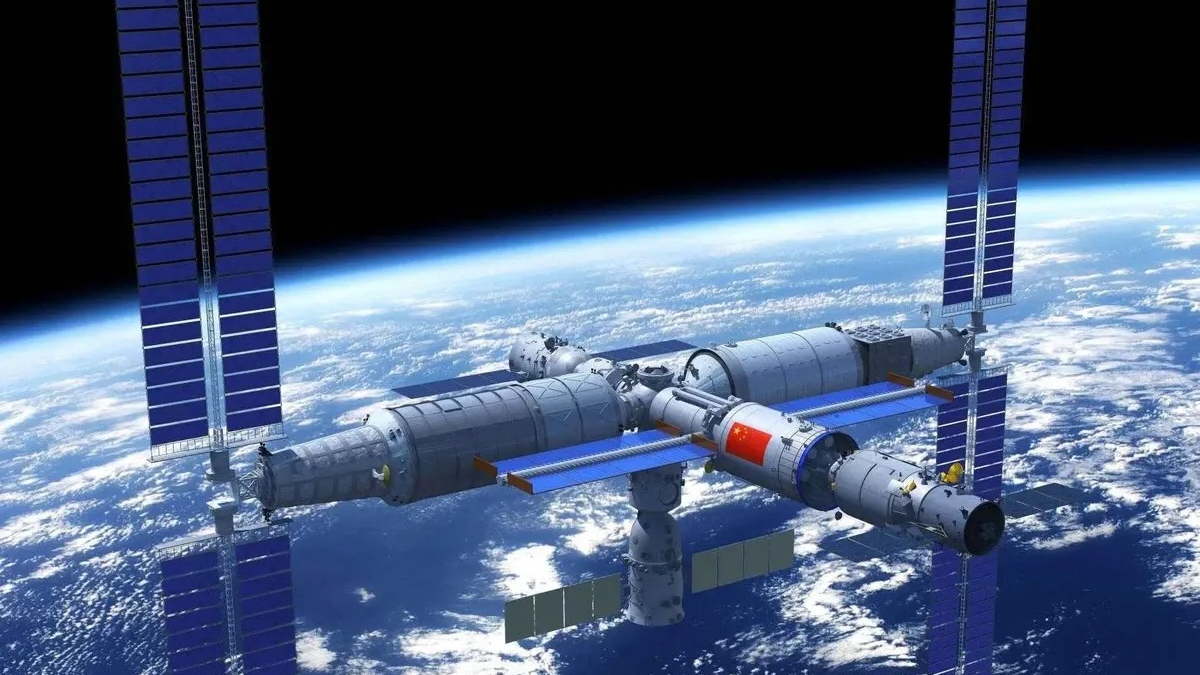
Astronaut from Pakistan will be 1st international visitor to China's Tiangong space station
By Andrew Jones Published
-

China reveals crew for Shenzhou 21 mission to Tiangong Space Station, including nation's youngest astronaut (video)
By Andrew Jones Published
-
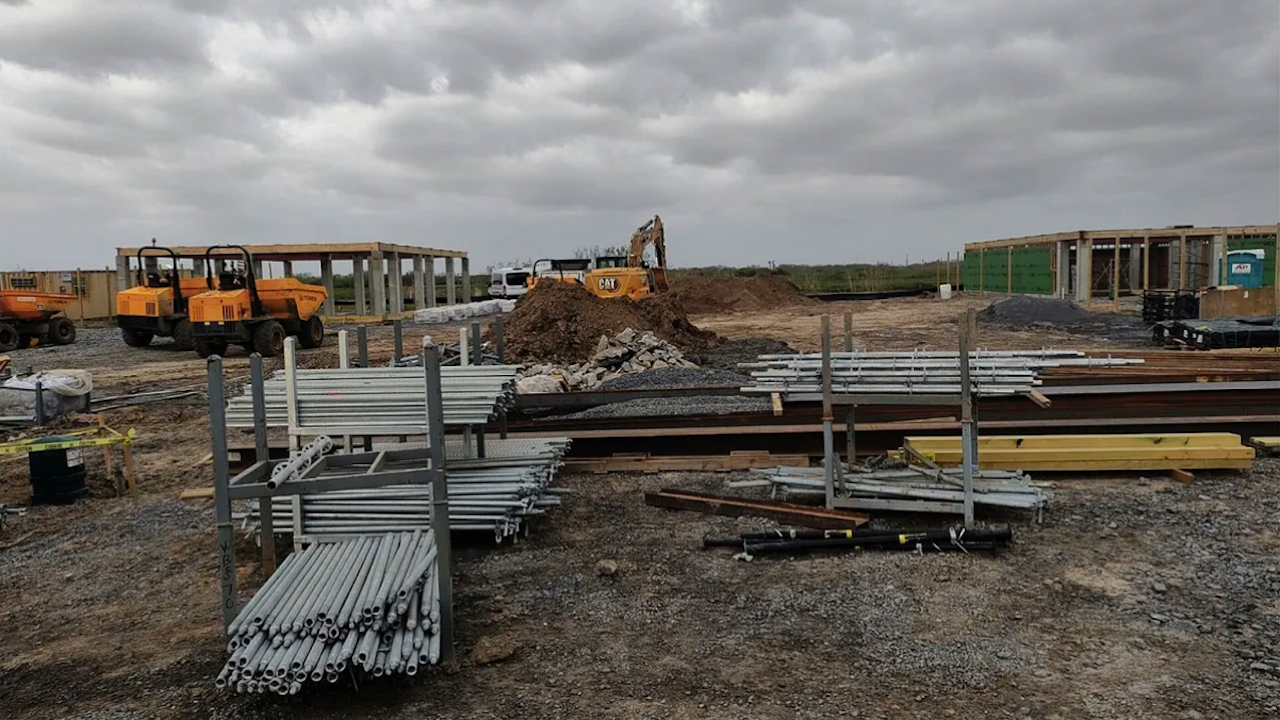
SpaceX settles $15 million trespassing lawsuit with Cards Against Humanity
By Jeff Spry Published
-
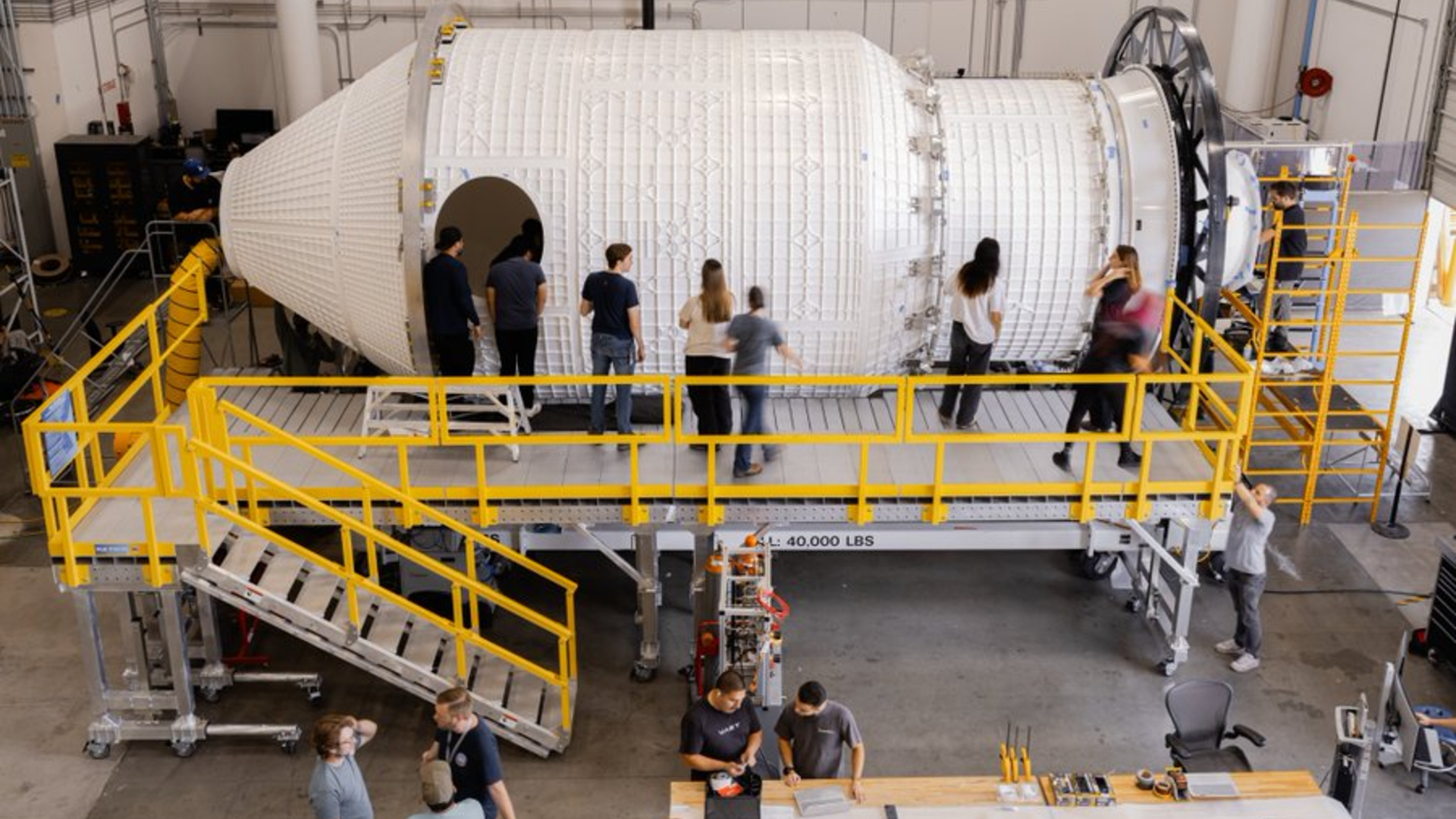
Vast gearing up to launch its Haven-1 private space station in 2026
By Andrew Jones Published
-
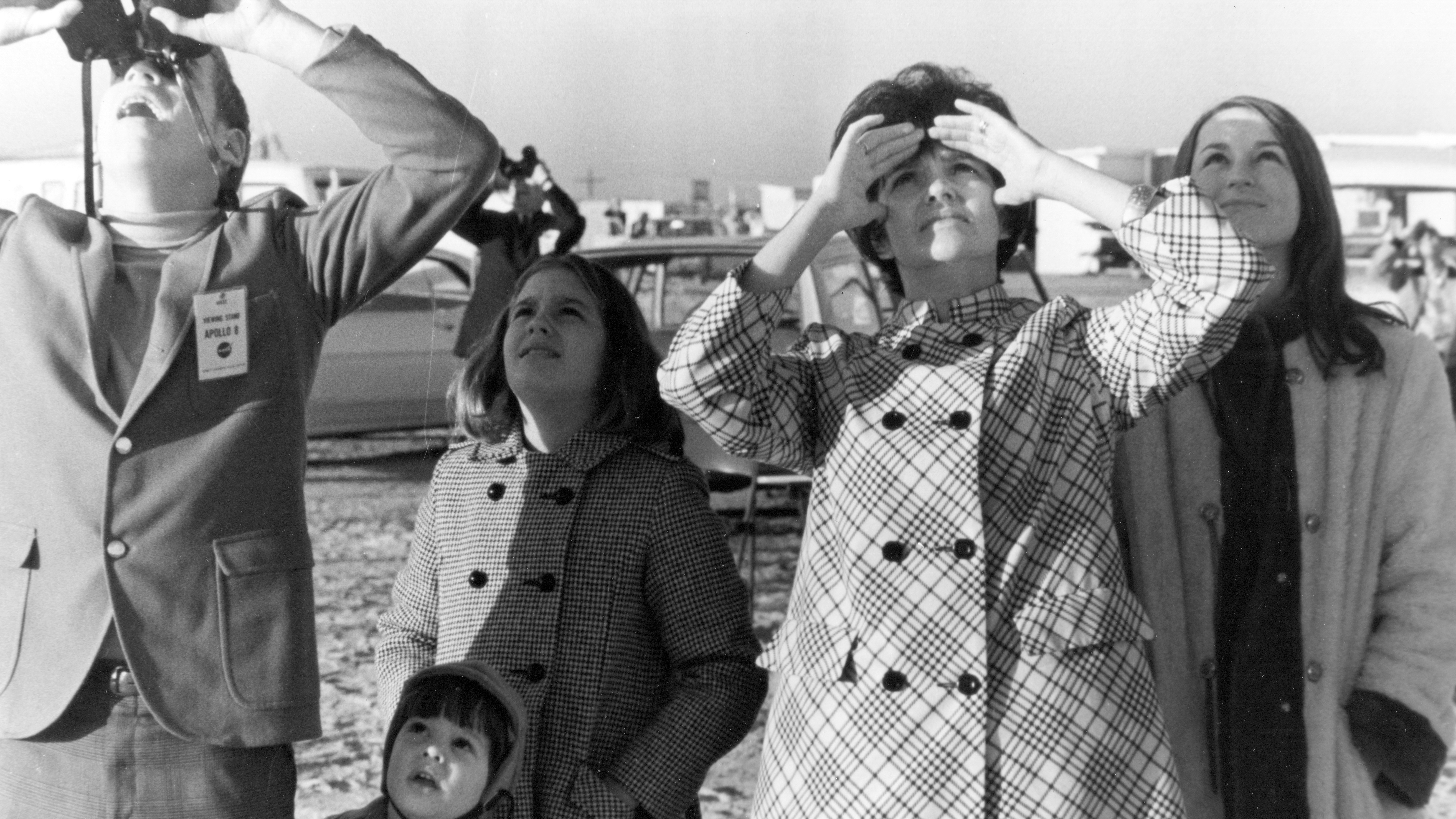
Space travel takes its toll on astronauts and their loved ones. Here's how
By Jessica Rendall Published
-

Chinese astronauts add debris shielding to Tiangong space station during 6-hour spacewalk (video)
By Mike Wall Published
-
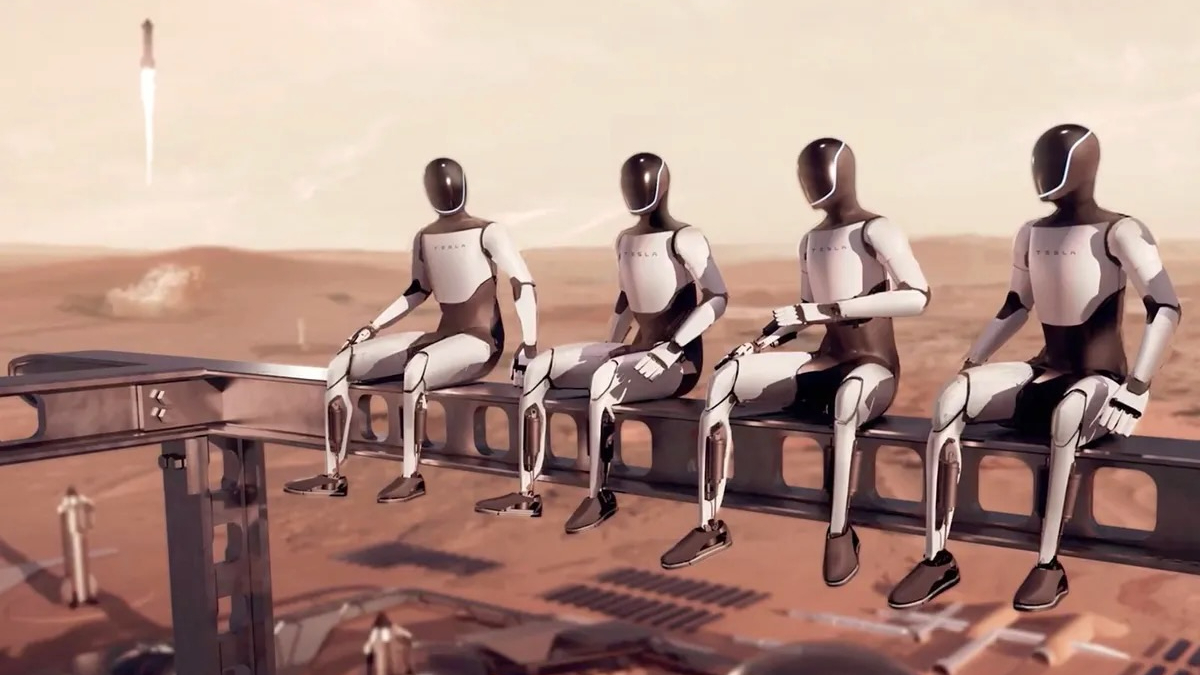
AIs in Space: From partners in pioneering to the children of humanity (op-ed)
By Rick Tumlinson Published
-
Launches & Spacecraft
-
-

This company wants to be the 1st to launch human remains to Mars. Will it ever get there?
By Jeff Spry Published
-

FAA restricts commercial rocket launches indefinitely due to air traffic risks from government shutdown
By Josh Dinner Published
-

SpaceX's fiery Falcon 9 comes in for a landing | Space photo of the day for Nov. 7, 2025
By Kenna Hughes-Castleberry Published
-

On this day in space! Nov. 7, 1996: Mars Global Surveyor launches to the Red Planet
By Hanneke Weitering Last updated
-
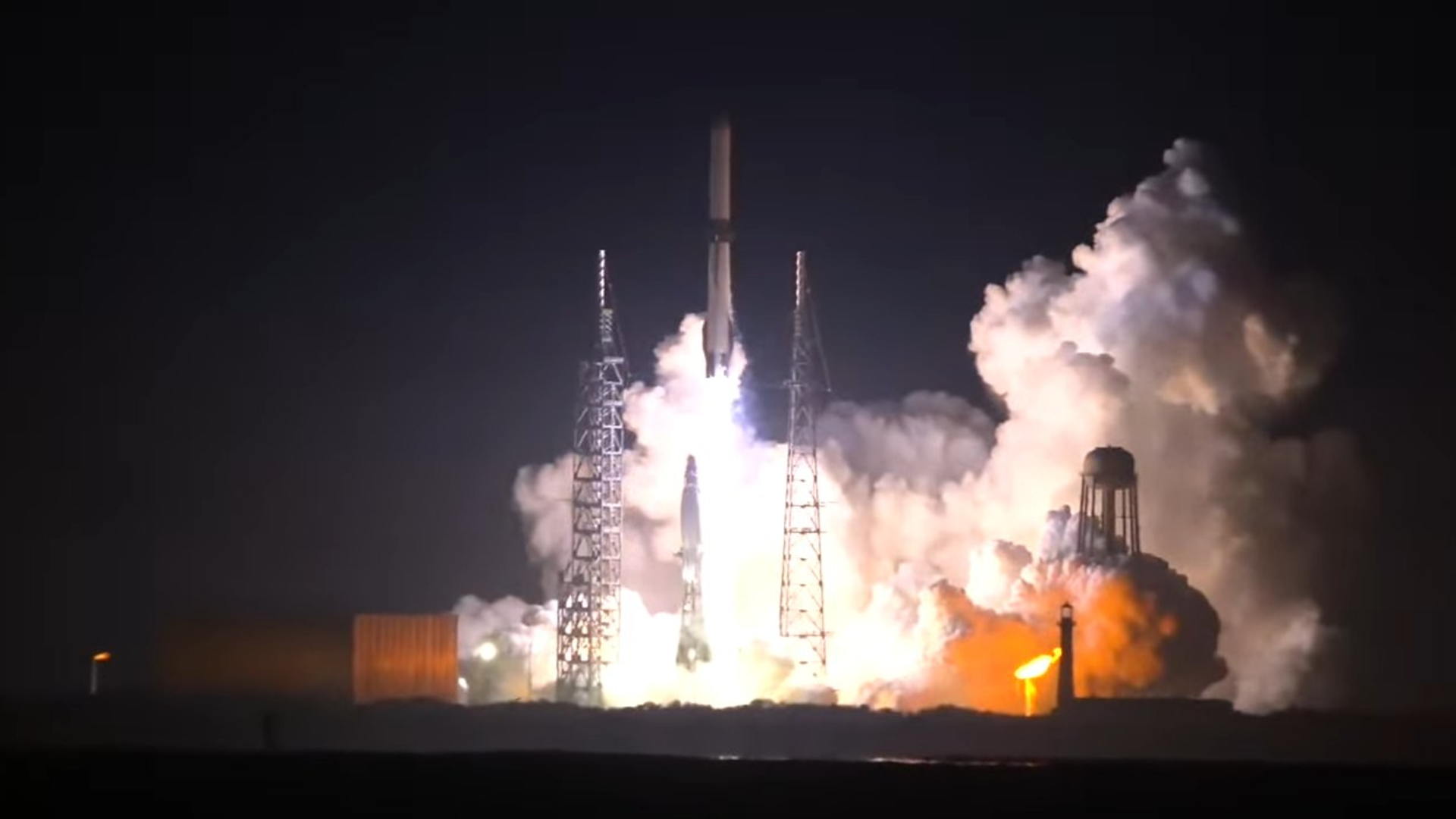
Watch Blue Origin's huge New Glenn rocket launch NASA Mars mission on Nov. 9
By Mike Wall Published
-
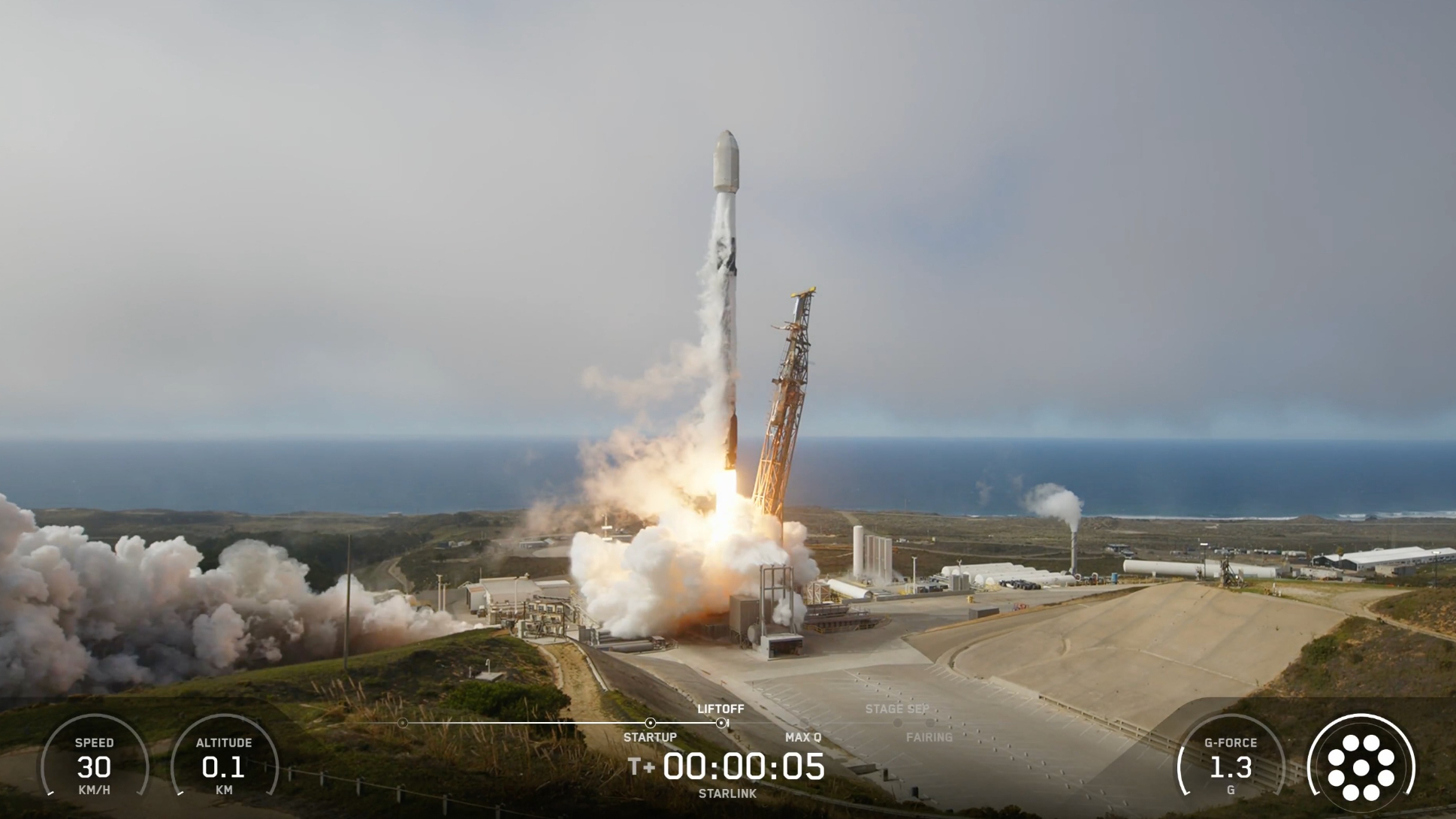
SpaceX launches 28 Starlink satellites from California's central coast (video)
By Josh Dinner Published
-
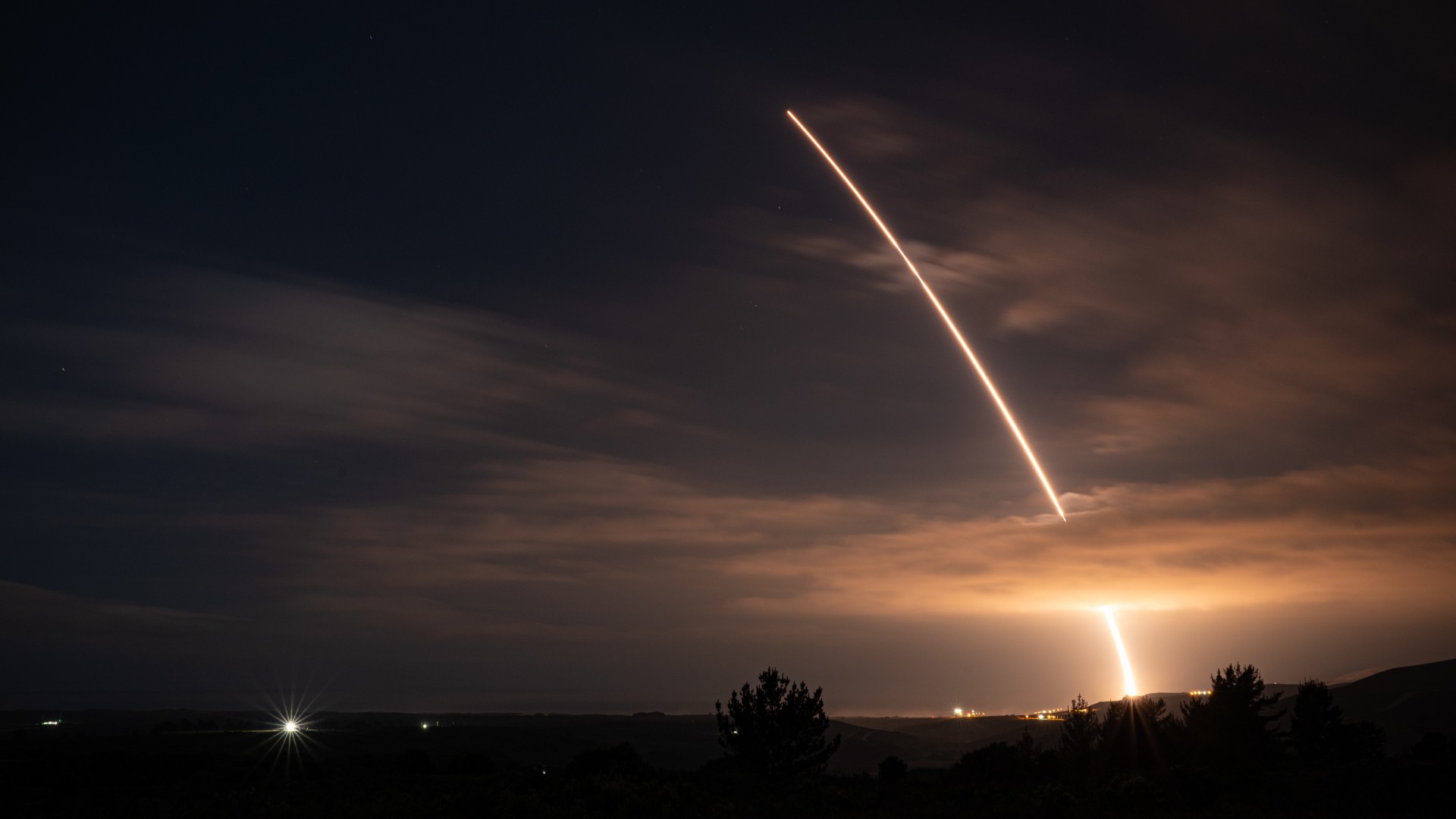
US military launches unarmed nuclear missile from Vandenberg Space Force Base
By Brett Tingley Published
-
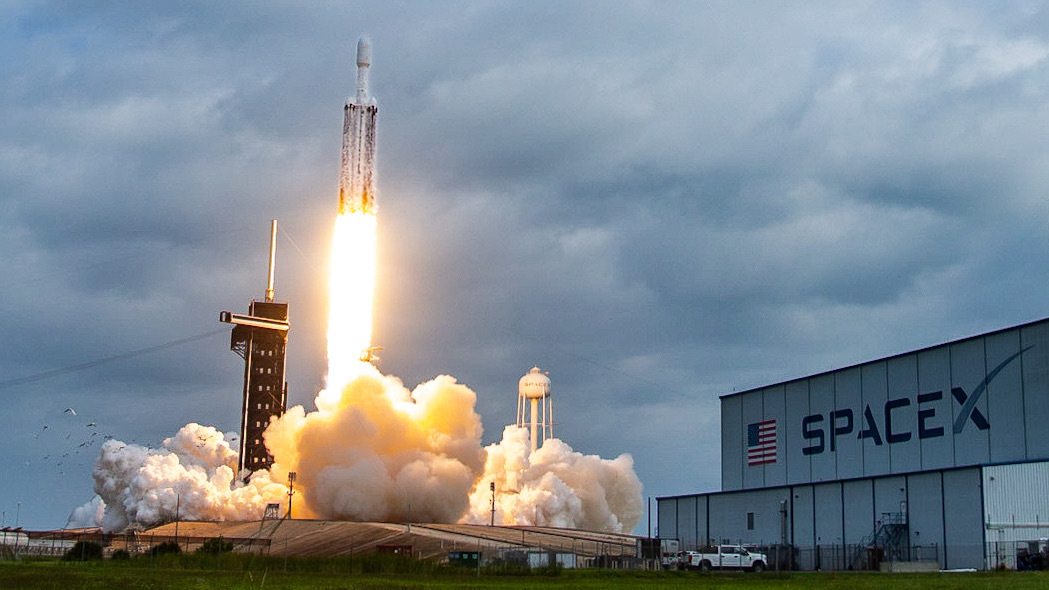
Rocket launch today: Is there a rocket launch and what time?
By Josh Dinner Last updated
-
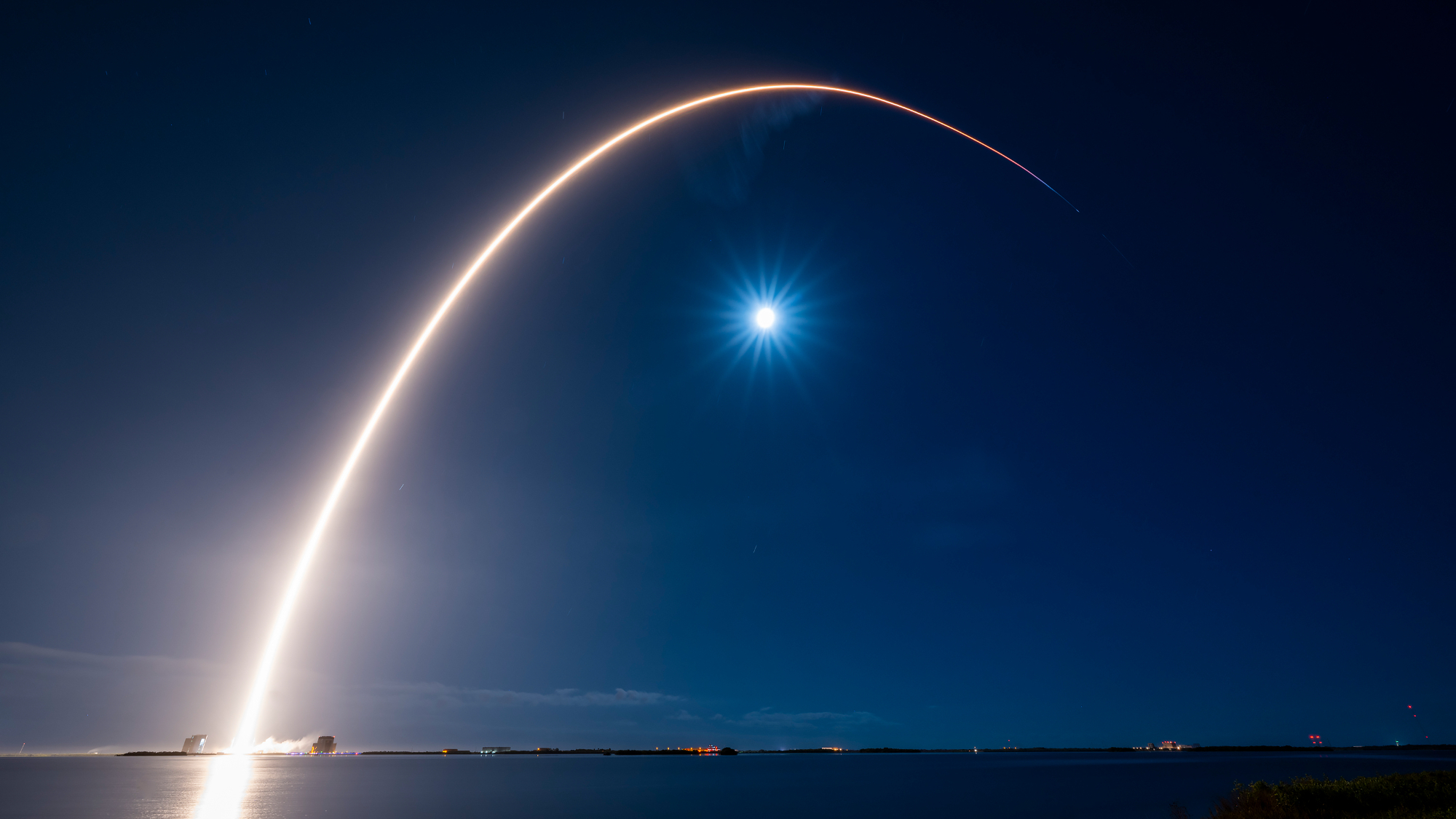
SpaceX launches 29 Starlink satellites from Cape Canaveral (video)
By Josh Dinner Published
-
Missions
-
-

NASA's new Mars mission: These twin satellites could reveal how the Red Planet lost its atmosphere
By Sharmila Kuthunur Published
-
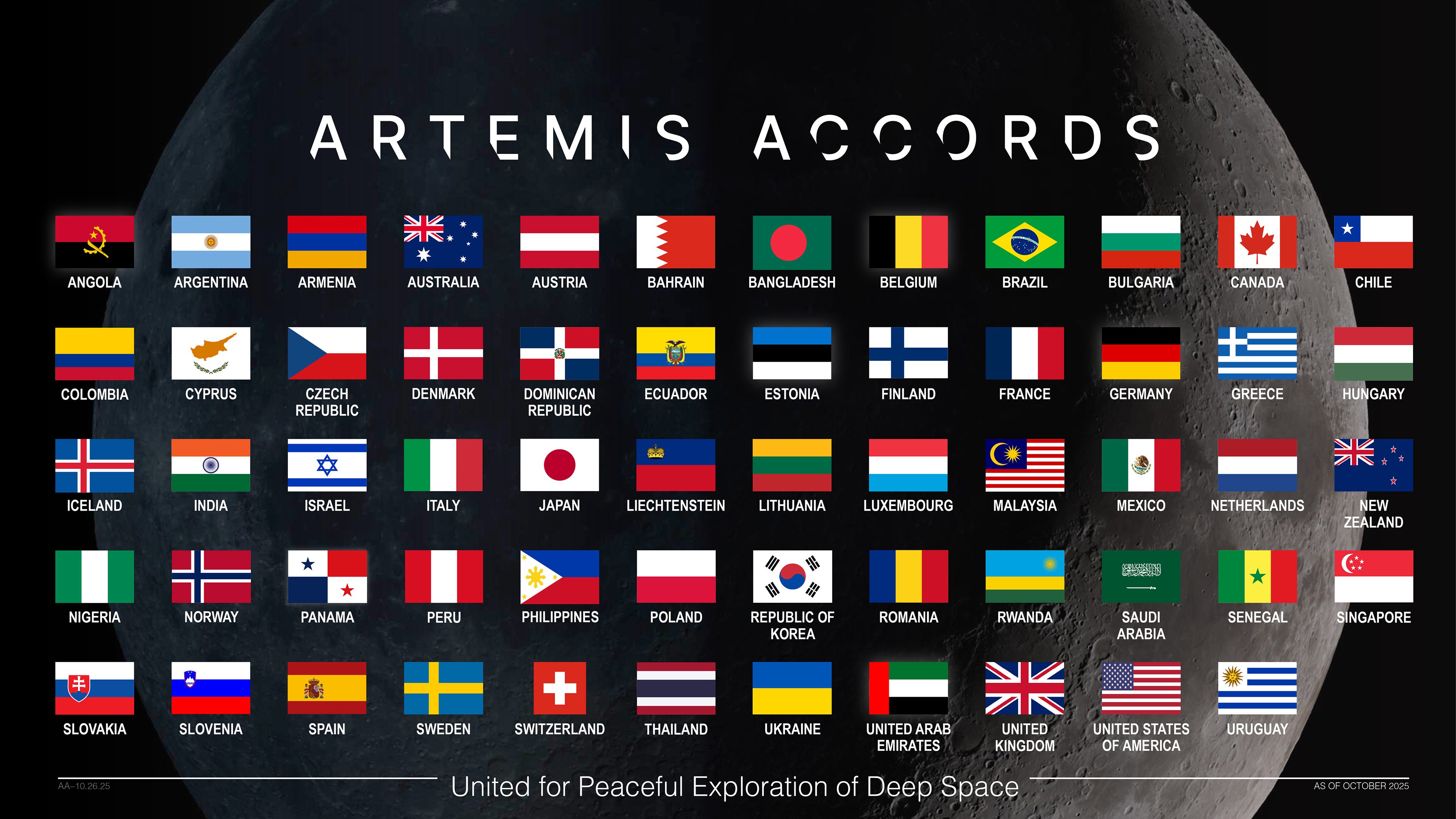
Latvia will become 60th nation to sign Artemis Accords for peaceful space exploration
By Josh Dinner Published
-
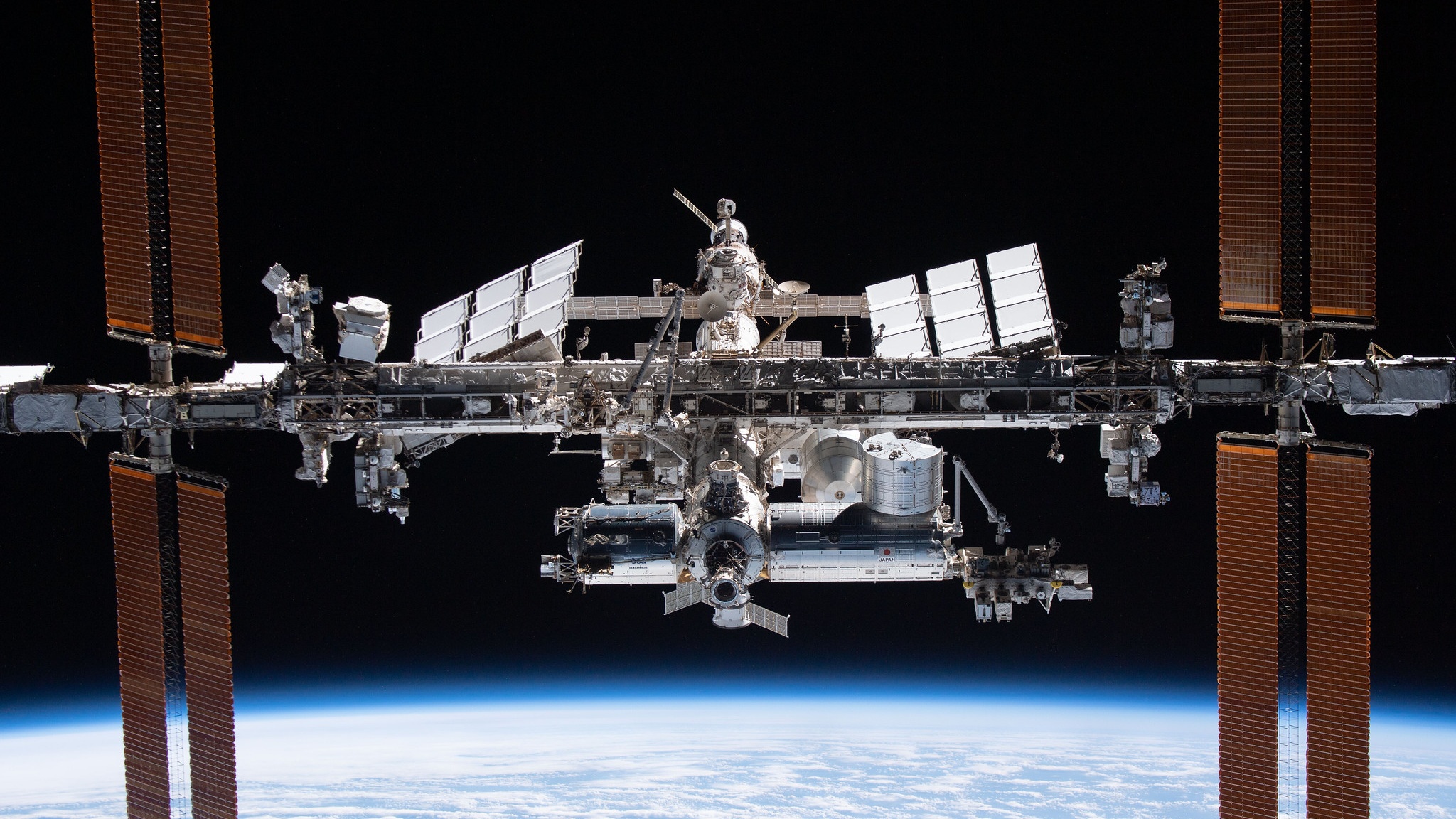
The International Space Station will fall to Earth in 2030. Can a private space station really fill its gap?
By Keith Cooper Published
-
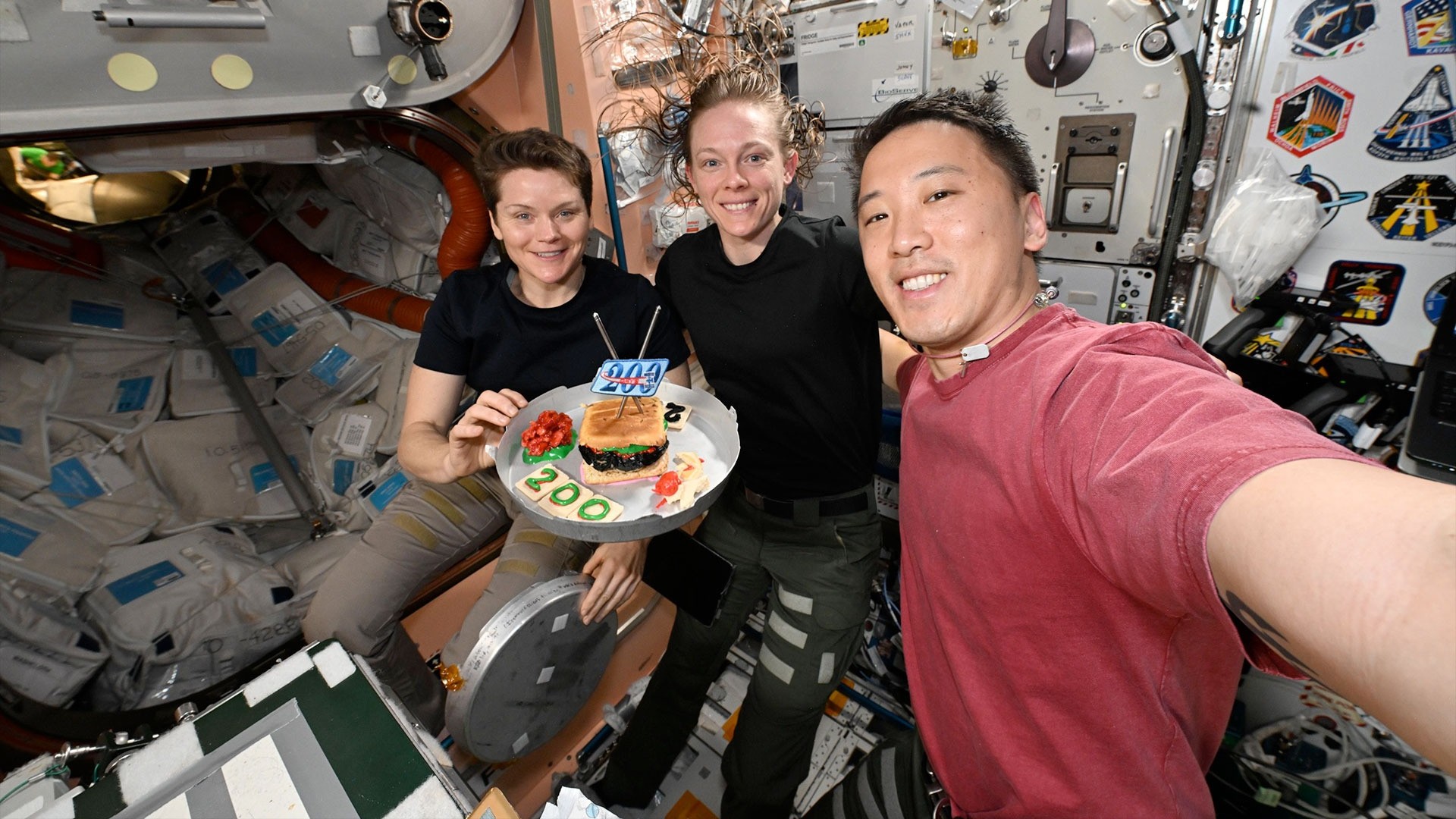
What's happening on the International Space Station while the government is shut down?
By Josh Dinner Published
-
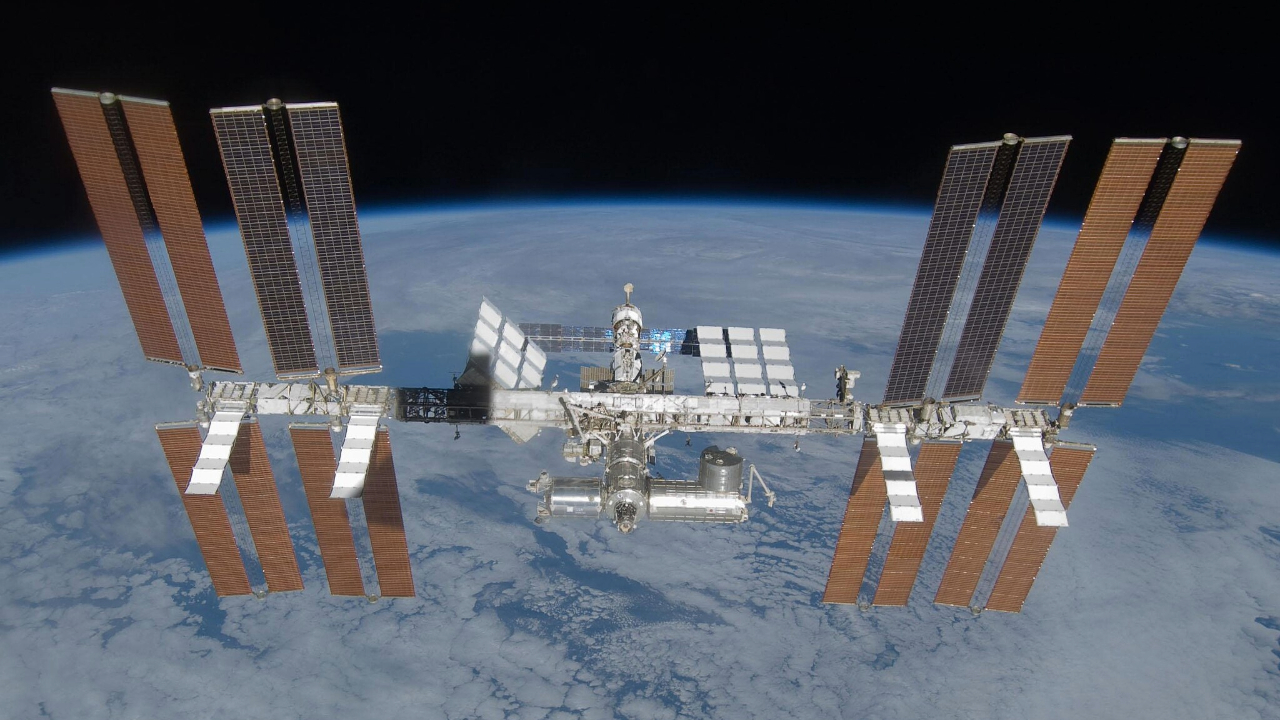
25 Years of the International Space Station: What archaeology tells us about living and working in space
By Justin St. P. Walsh Published
-

Meet Point Nemo, where the International Space Station will die in 2030
By Mike Wall Published
-
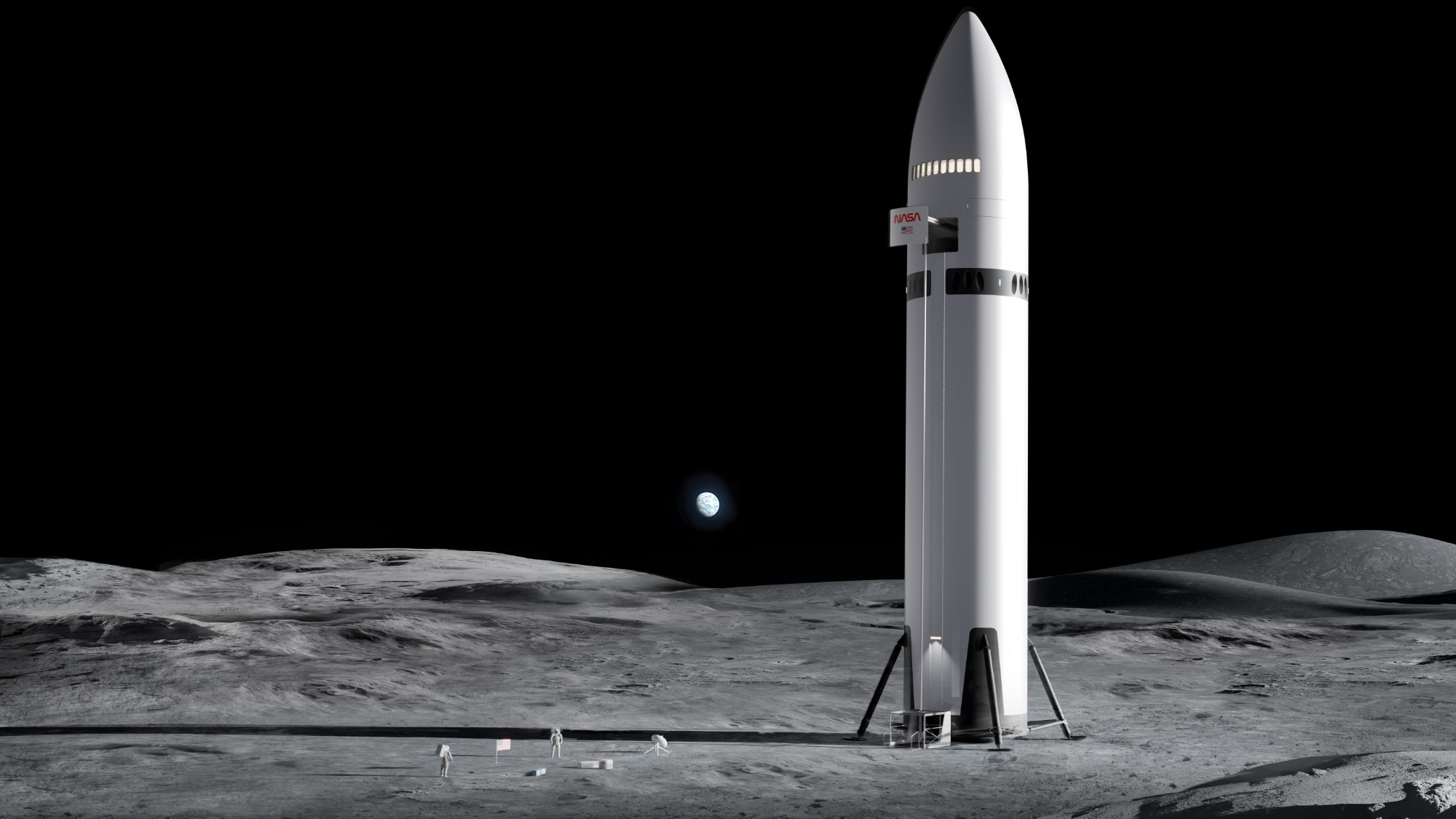
SpaceX looking into 'simplified' Starship Artemis 3 mission to get astronauts to the moon faster
By Mike Wall Published
-
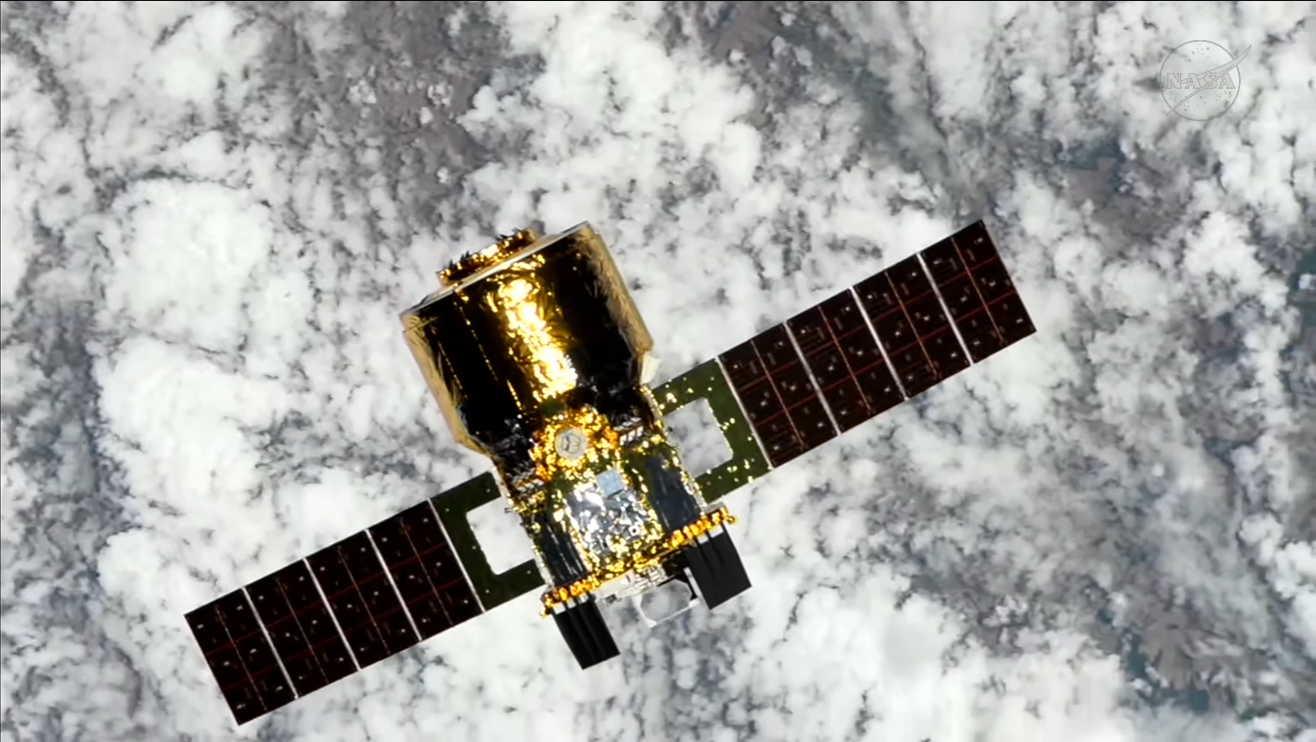
Japan's 1st HTV-X cargo craft arrives at the International Space Station
By Mike Wall Last updated
-
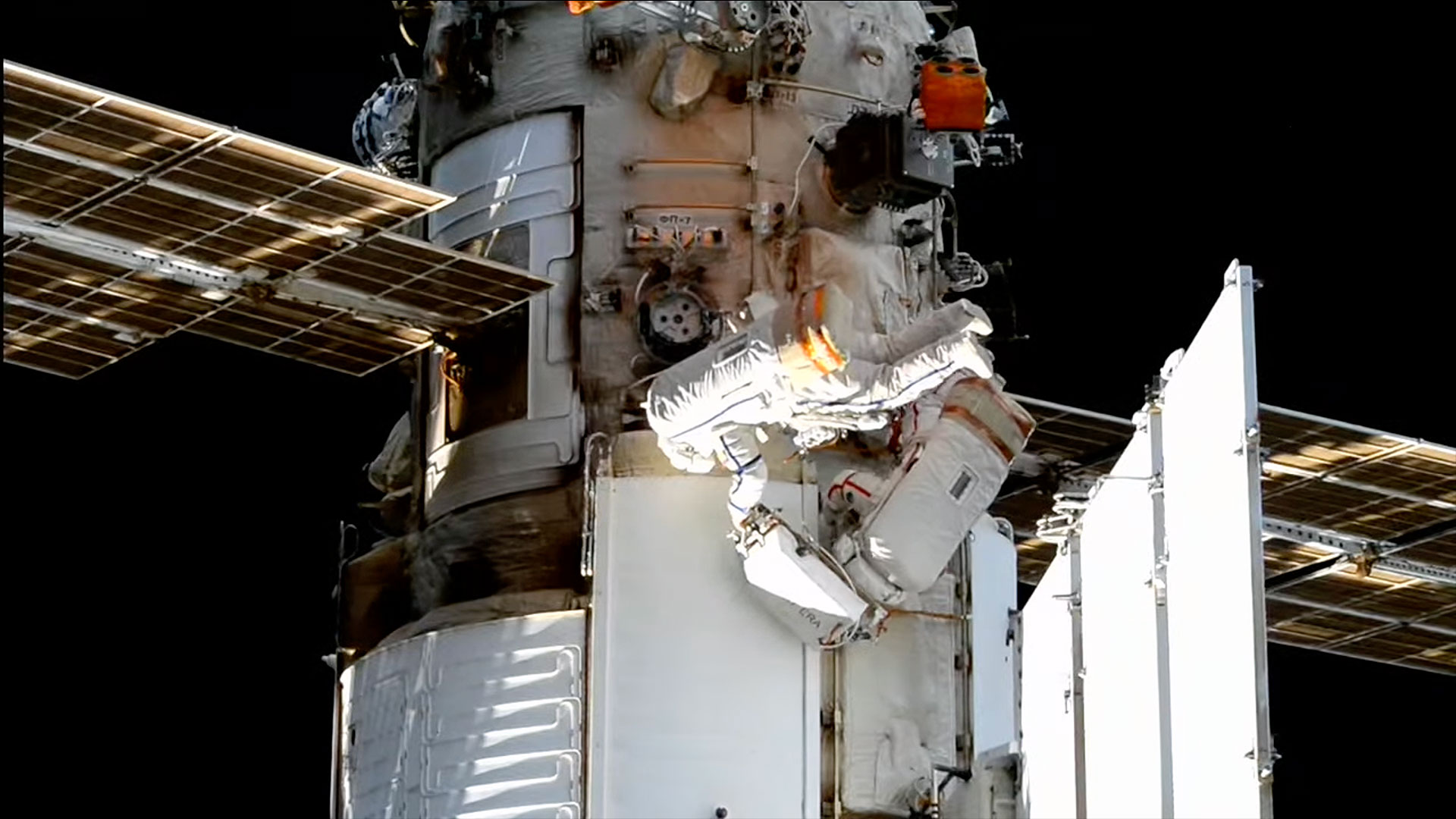
Spacewalking Russian cosmonauts install experiments on the International Space Station
By Robert Z. Pearlman Published
-
Private spaceflight
-
-
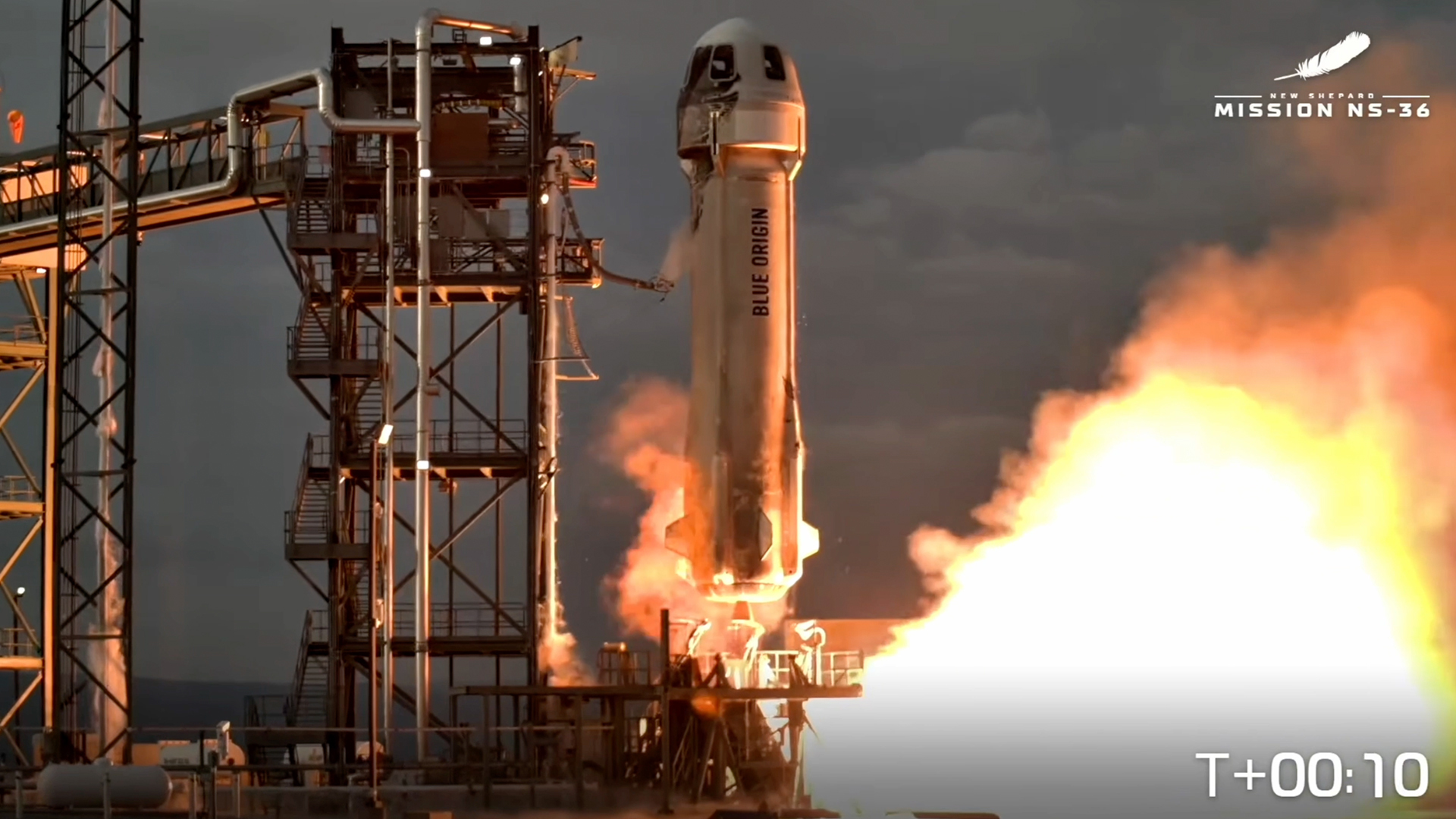
Blue Origin launches 6 'Space Nomads,' including mystery passenger, on suborbital space tourist flight (video)
By Mike Wall Published
-
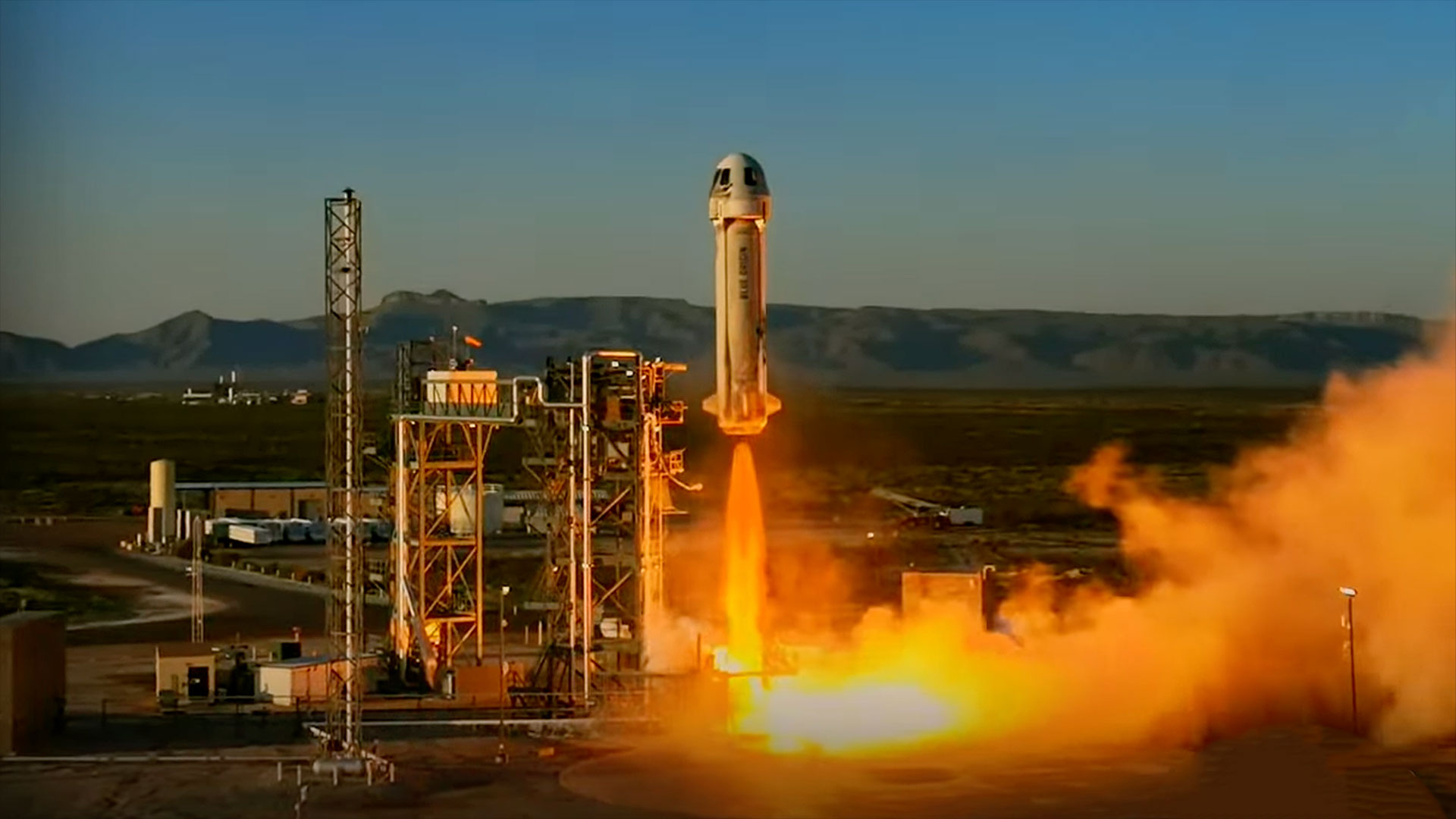
Watch Blue Origin launch its 15th space tourism mission today
By Mike Wall Last updated
-

Blue Origin reveals space tourists to launch on next New Shepard rocket
By Mike Wall Published
-
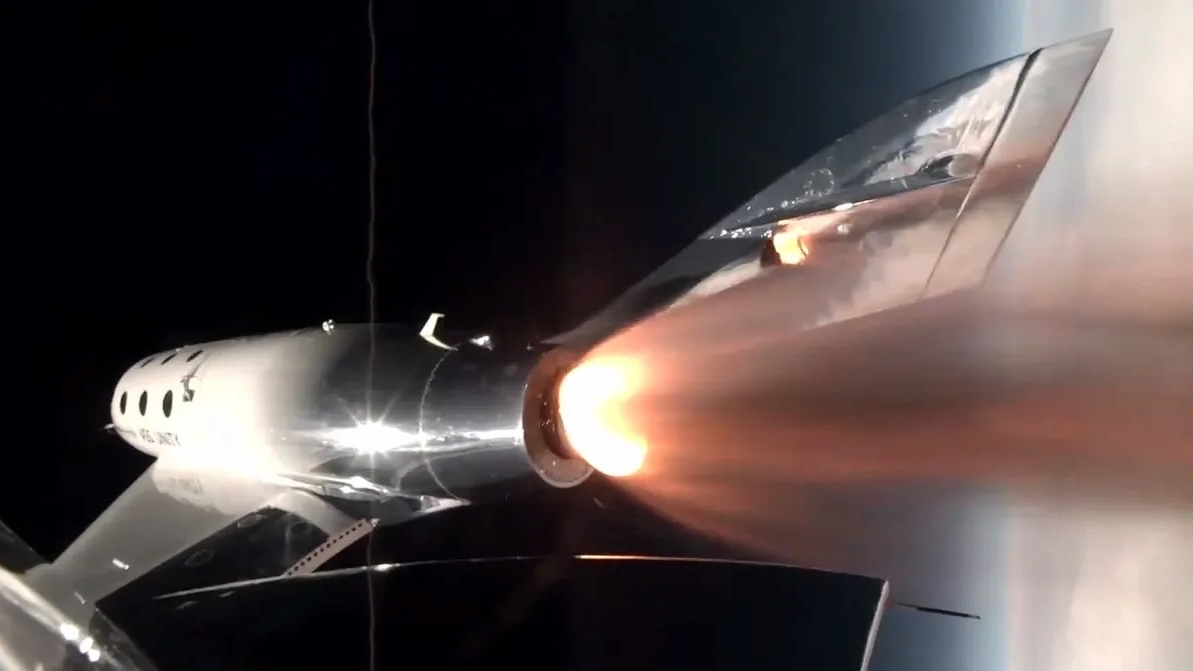
Virgin Galactic to launch 'Purdue 1' human spaceflight in 2027
By Mike Wall Published
-

Humanity could settle Mars by 2055, Elon Musk says
By Mike Wall Published
-
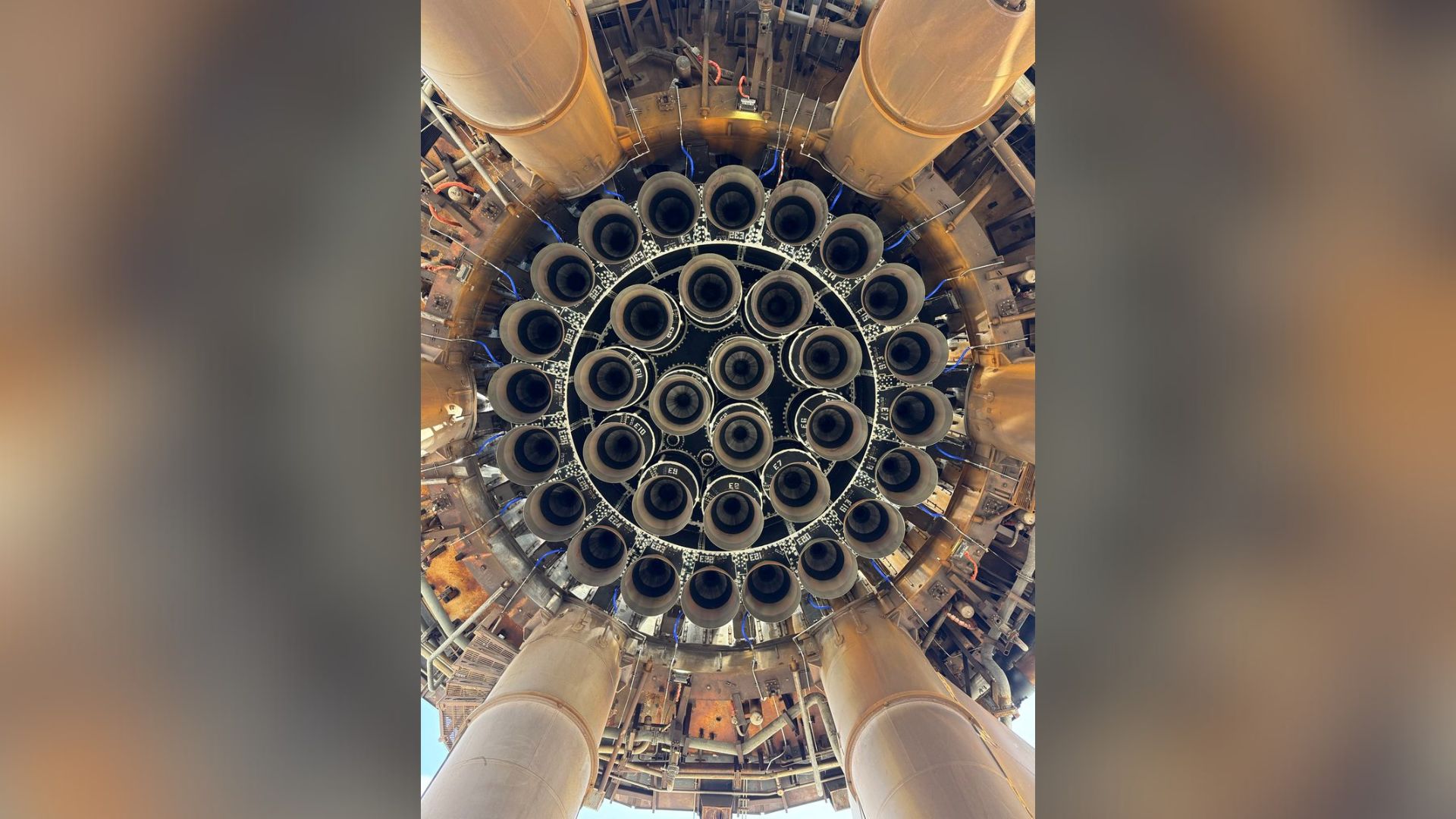
33 hungry SpaceX Raptors from below | Space photo of the day for Sept. 1, 2025
By Kenna Hughes-Castleberry Published
-
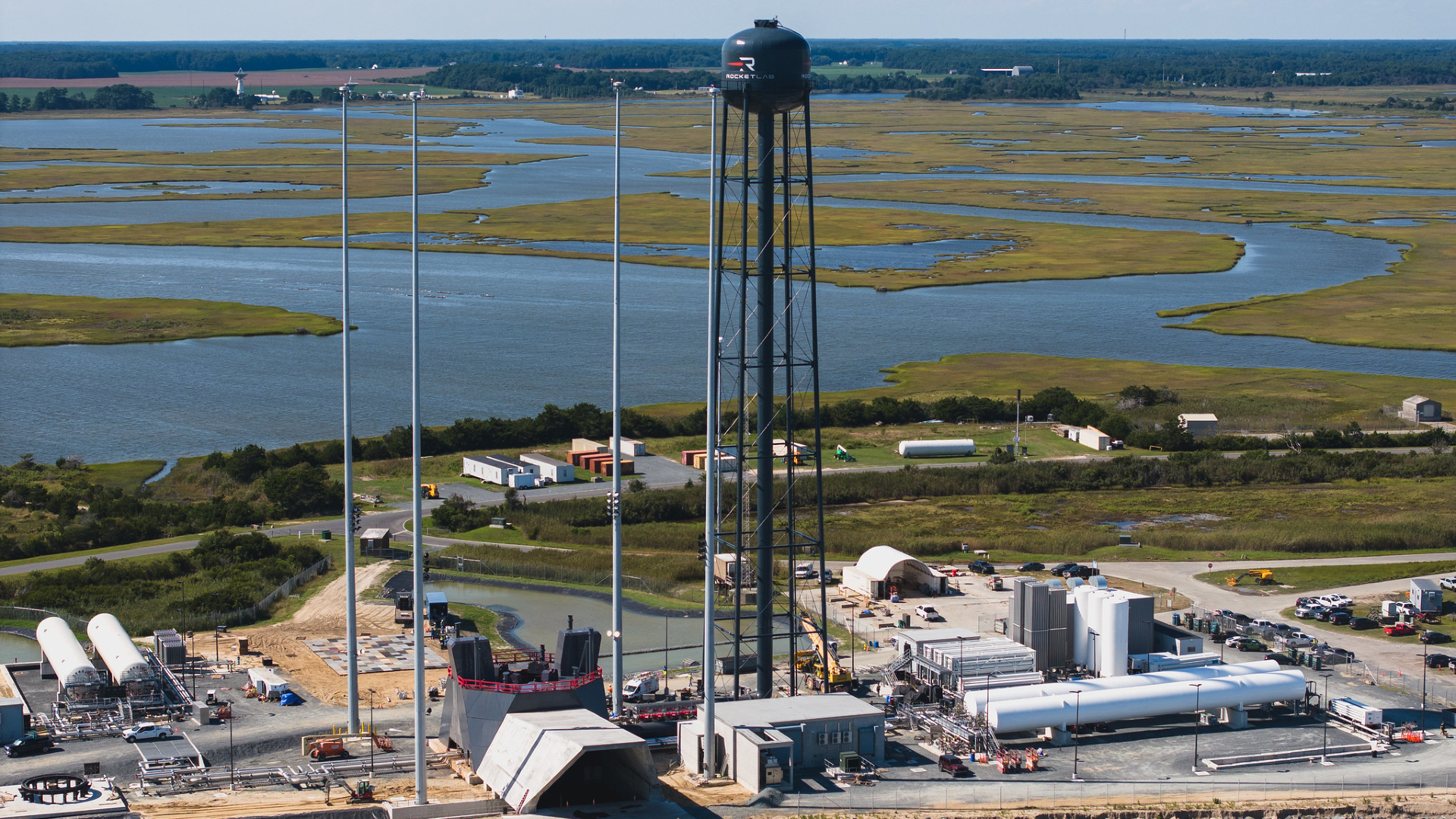
Virginia is for (space) lovers: Rocket Lab opens new seaside launch pad for reusable Neutron rocket
By Tariq Malik Published
-
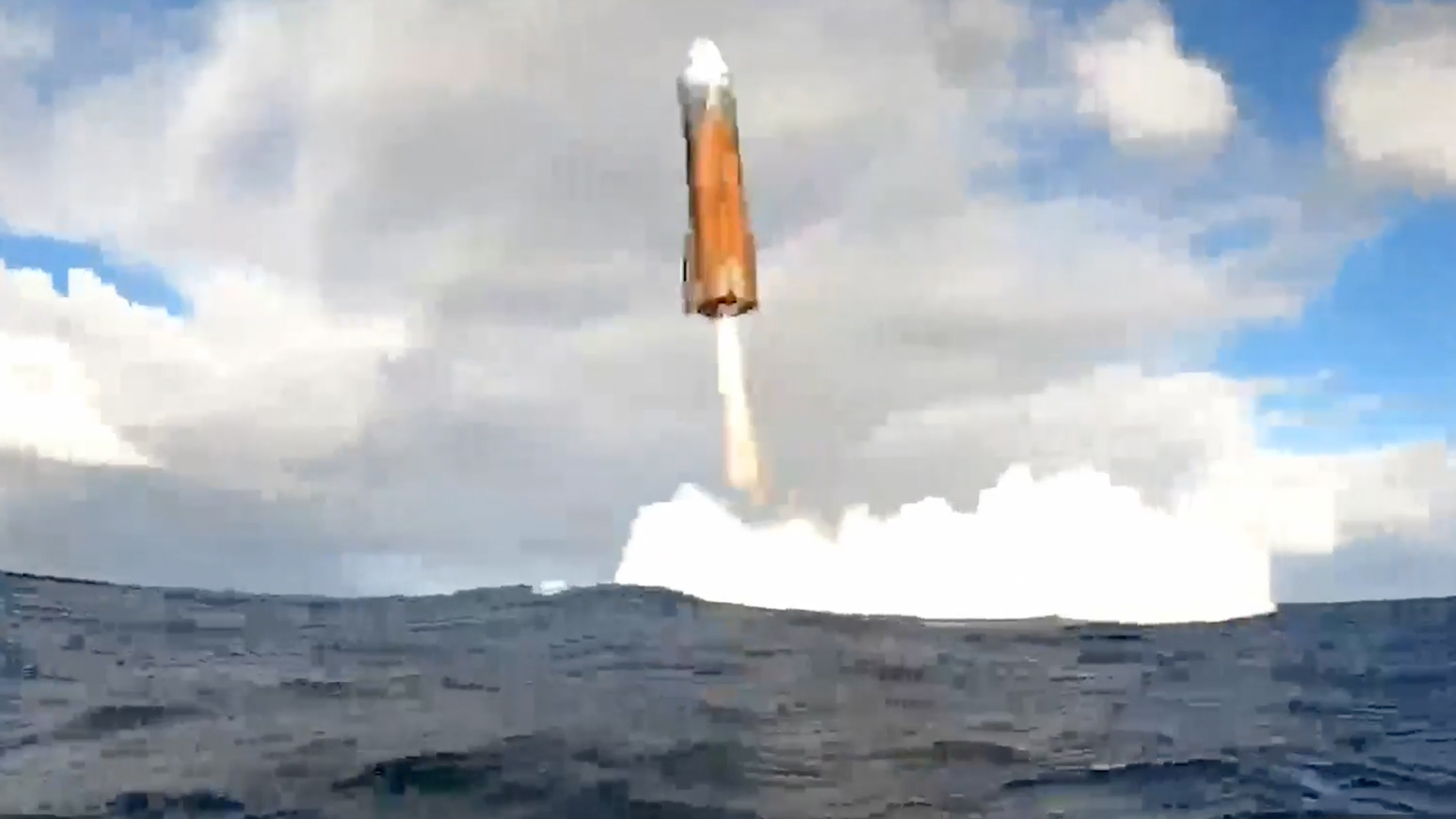
SpaceX's giant Starship Mars rocket nails critical 10th test flight in stunning comeback (video)
By Mike Wall Published
-
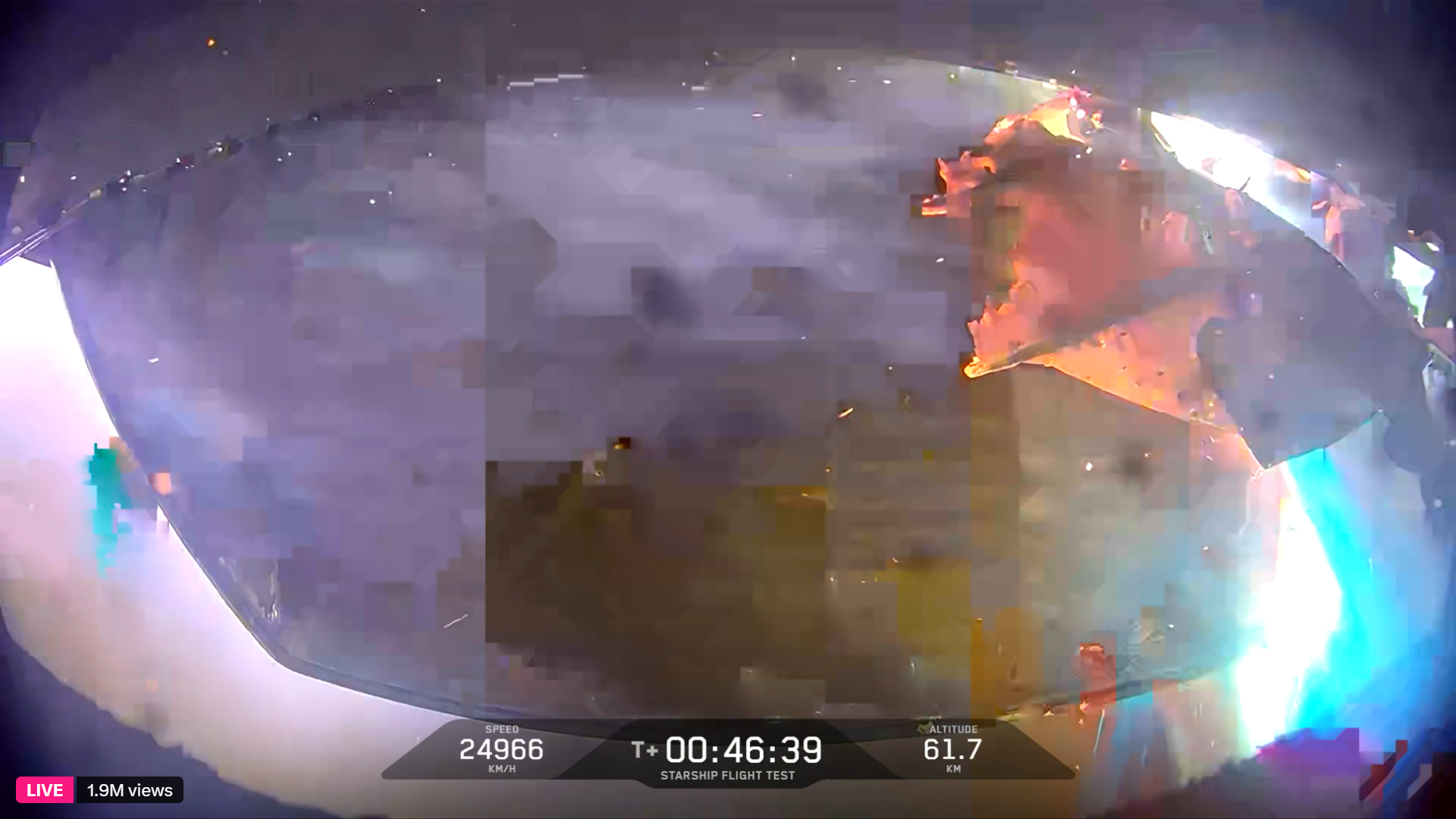
SpaceX completes investigation into recent Starship failures, clears the way for Flight 10
By Josh Dinner Published
-
Satellites
-
-

China reached out to NASA to avoid a potential satellite collision in 1st-of-its-kind space cooperation
By Andrew Jones Published
-
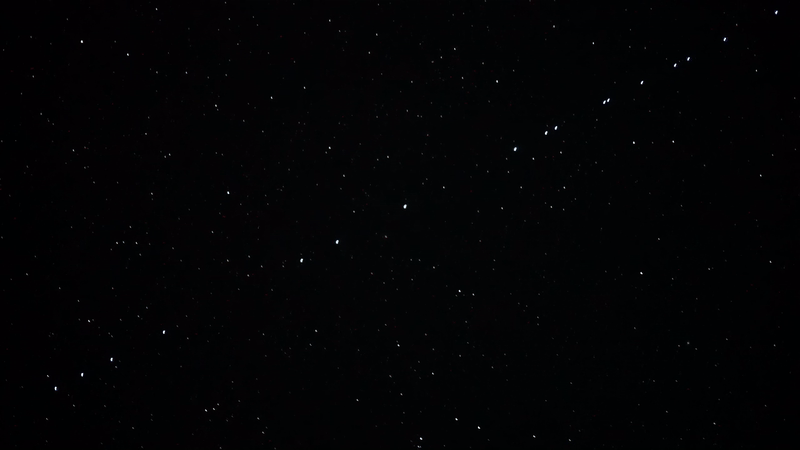 Reference
ReferenceStarlink satellite train: how to see and track it in the night sky
By Daisy Dobrijevic Last updated
-
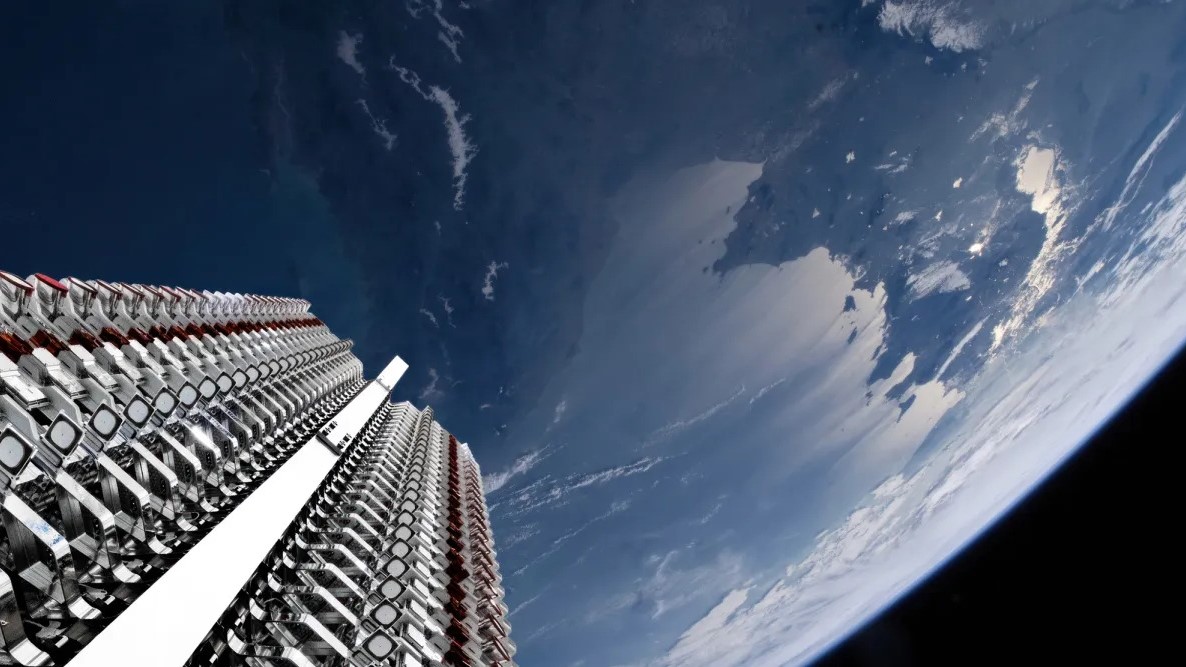 Reference
ReferenceStarlink satellites: Facts, tracking and impact on astronomy
By Tereza Pultarova Last updated
-
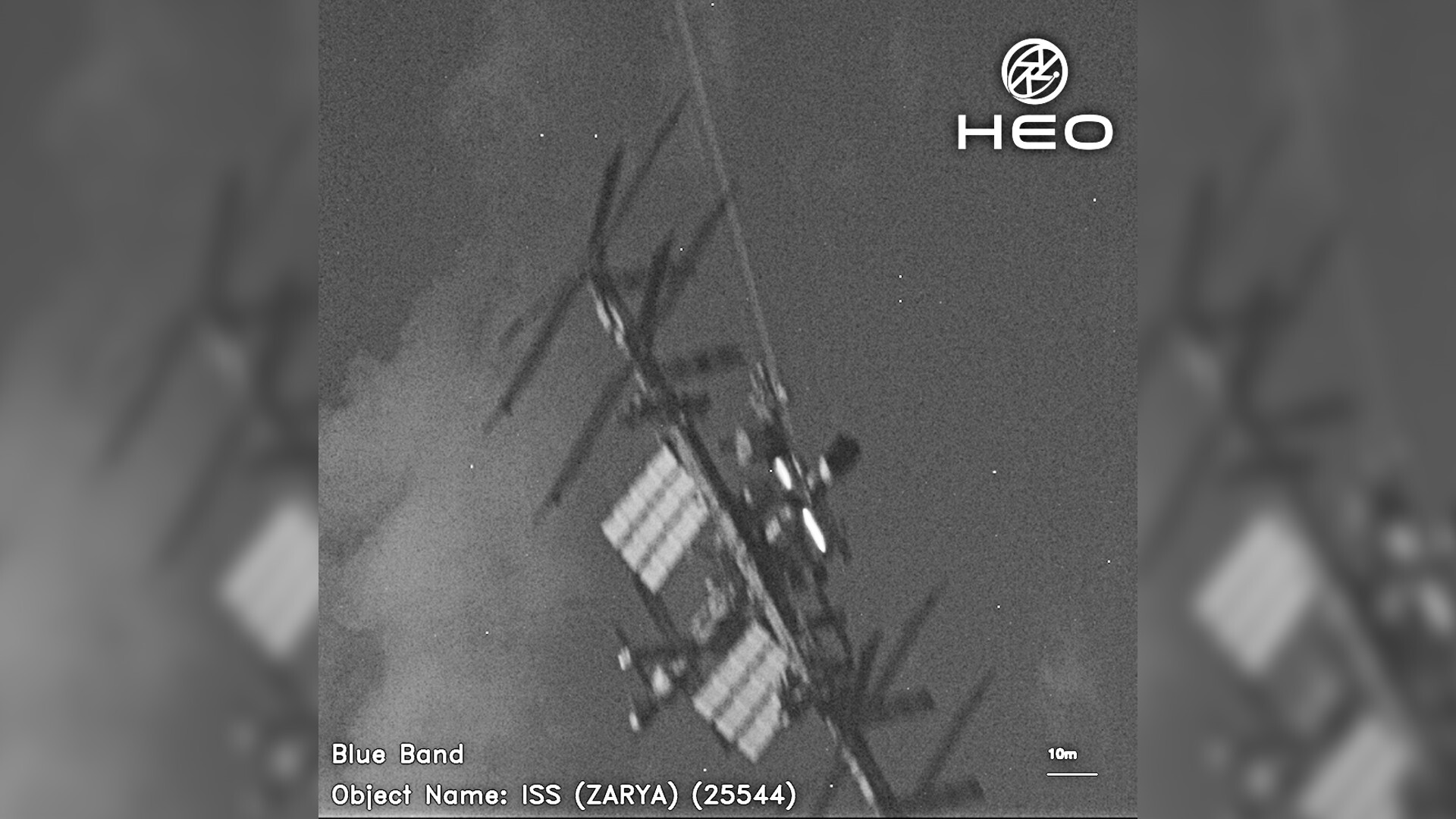
'The solar system on demand': HEO Robotics aims to push spacecraft imaging deep into the final frontier
By Andrew Jones Published
-

SpaceX Starlink internet isn't fast enough for Ukraine's combat robots
By Tereza Pultarova Published
-
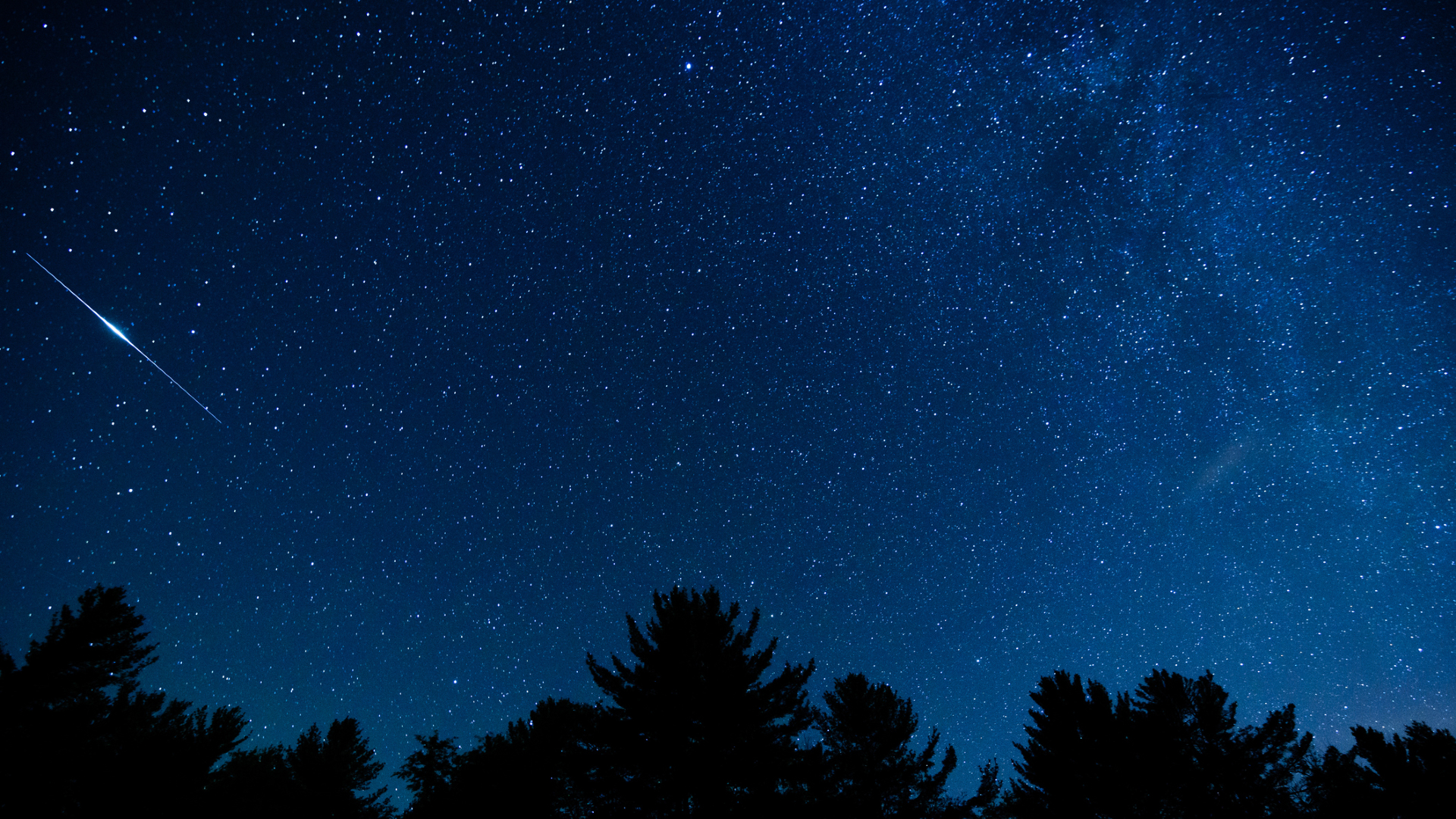
This company's plan to launch 4,000 massive space mirrors has scientists alarmed: 'From an astronomical perspective, that's pretty catastrophic'
By Tereza Pultarova Published
-
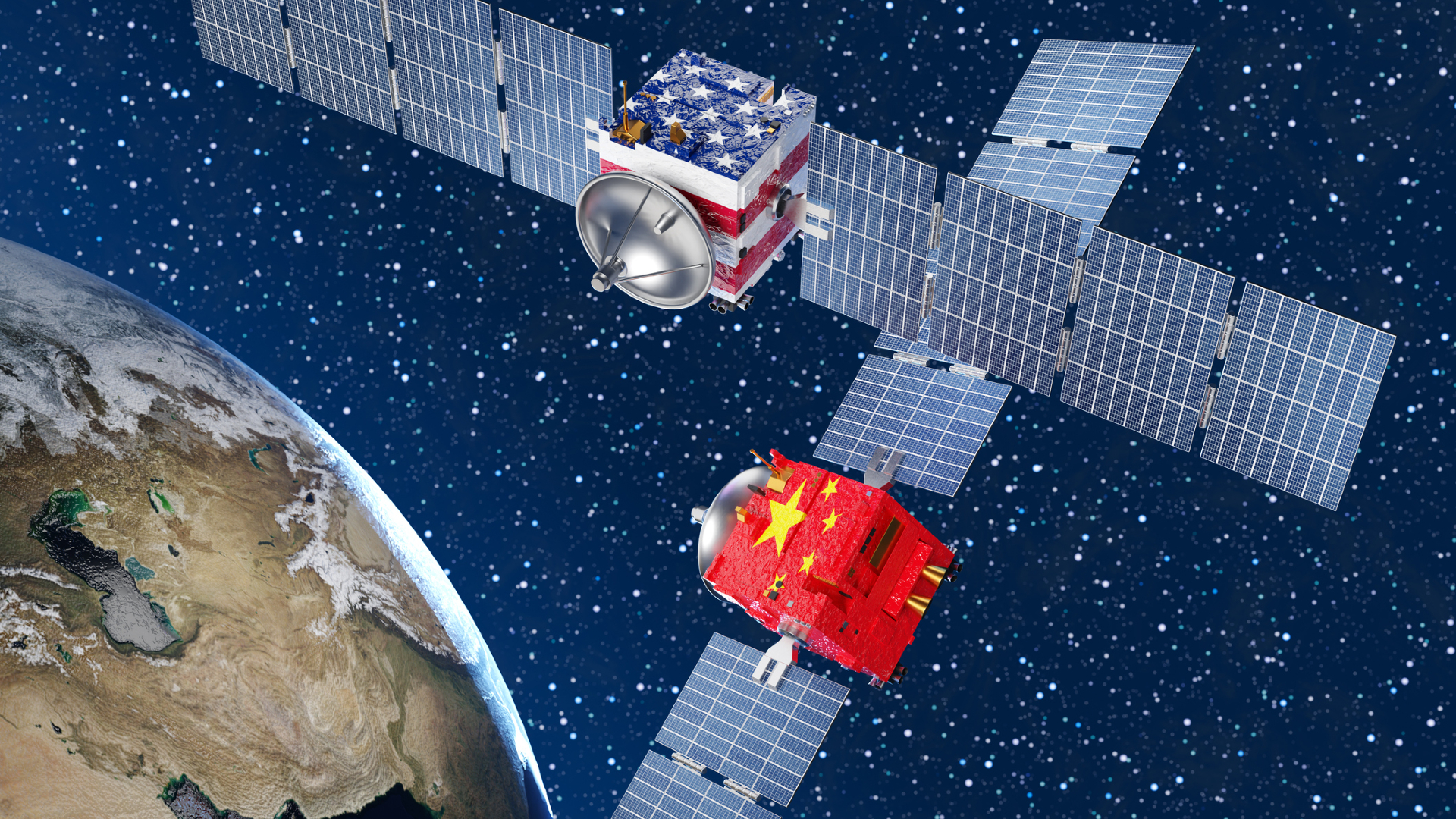
Are we already witnessing space warfare in action? 'This is not just posturing'
By Leonard David Published
-
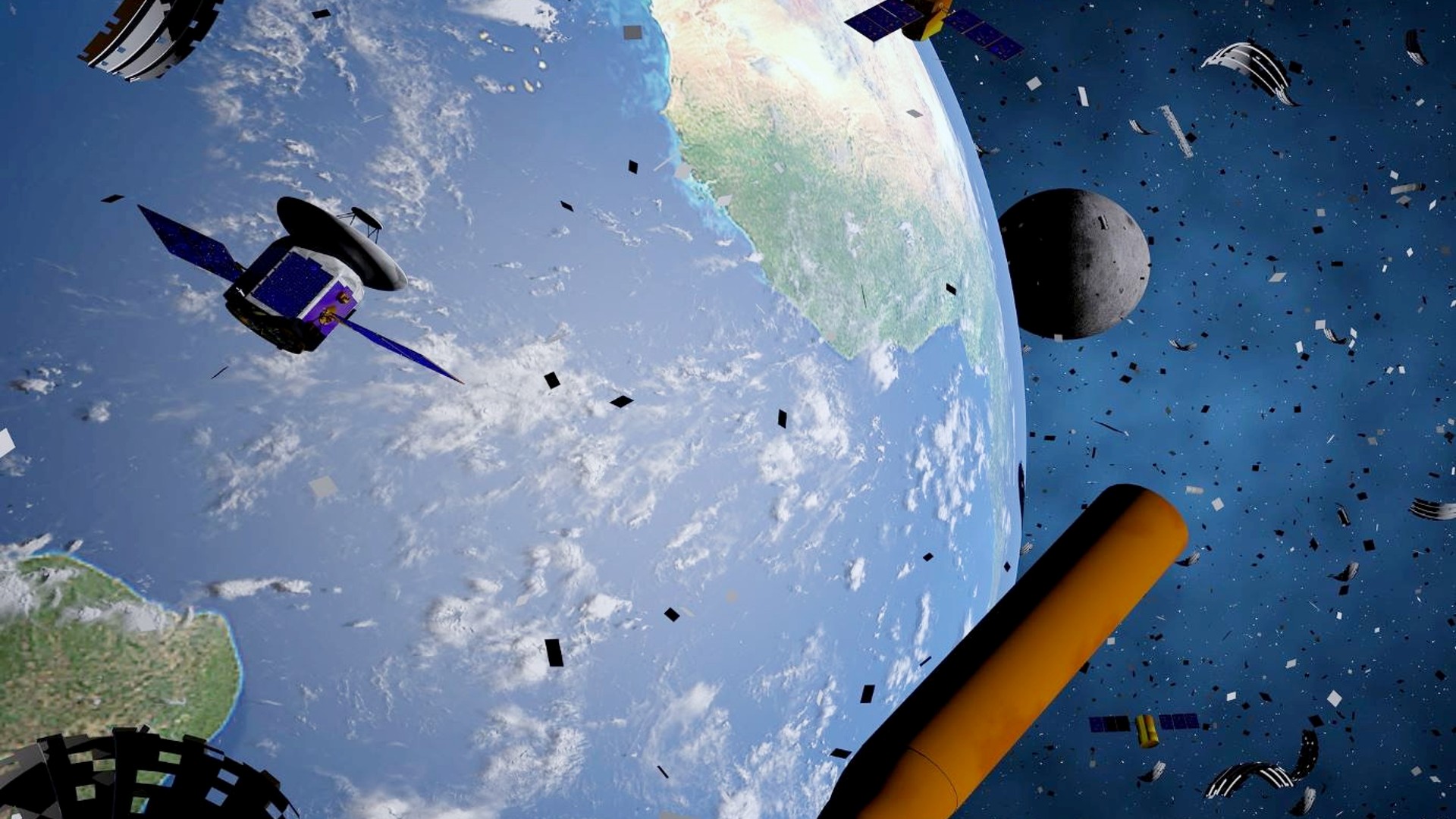
New space debris shield? Satellites and astronauts could suit up in novel 'Space Armor'
By Leonard David Published
-
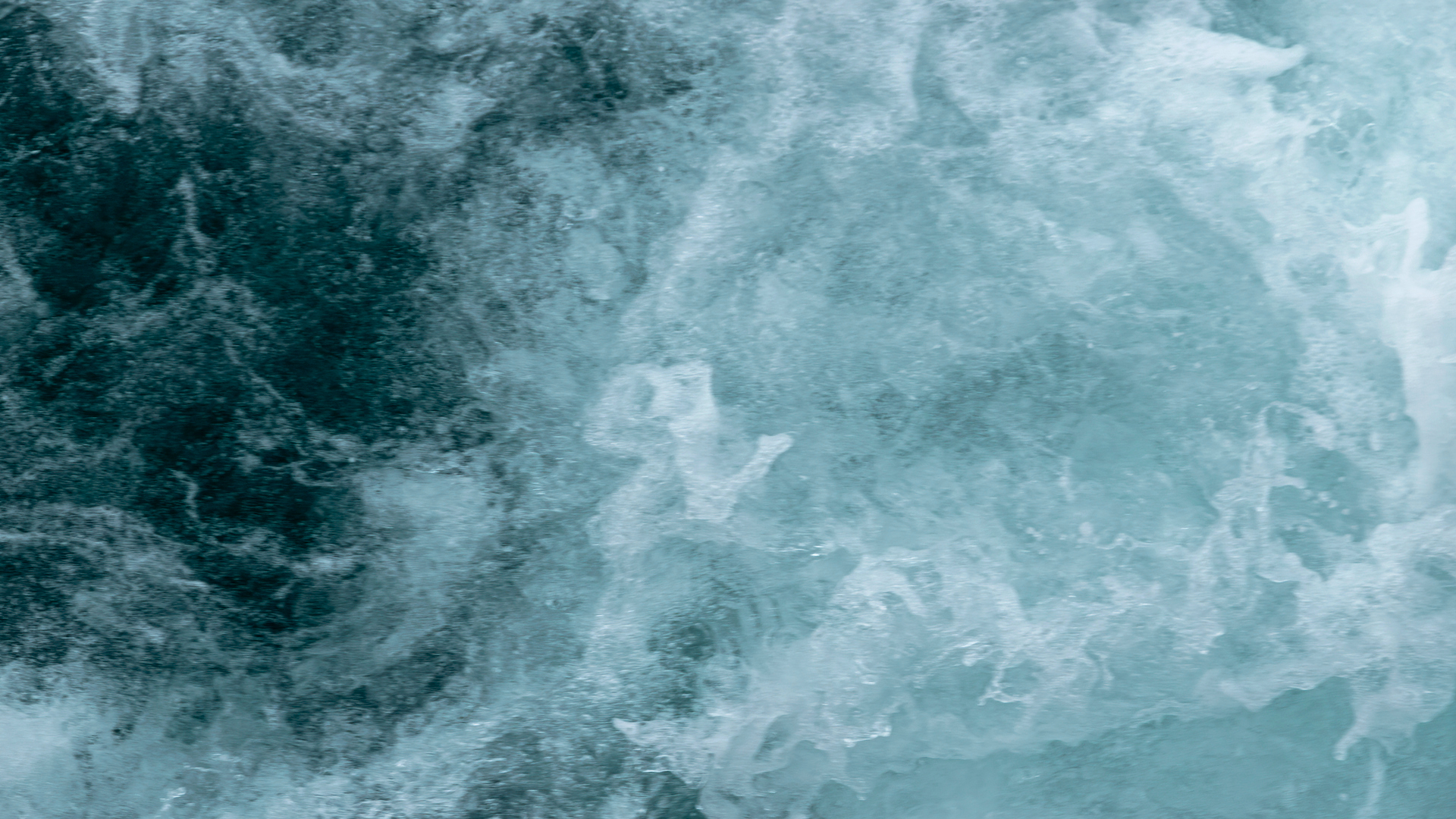
Satellites watch as record-breaking ocean waves carry a storm's power across the sea
By Samantha Mathewson Published
-
Search for Life
-
-

Heat leaking from Saturn's ocean moon Enceladus bolsters its case as an abode for life
By Keith Cooper Published
-
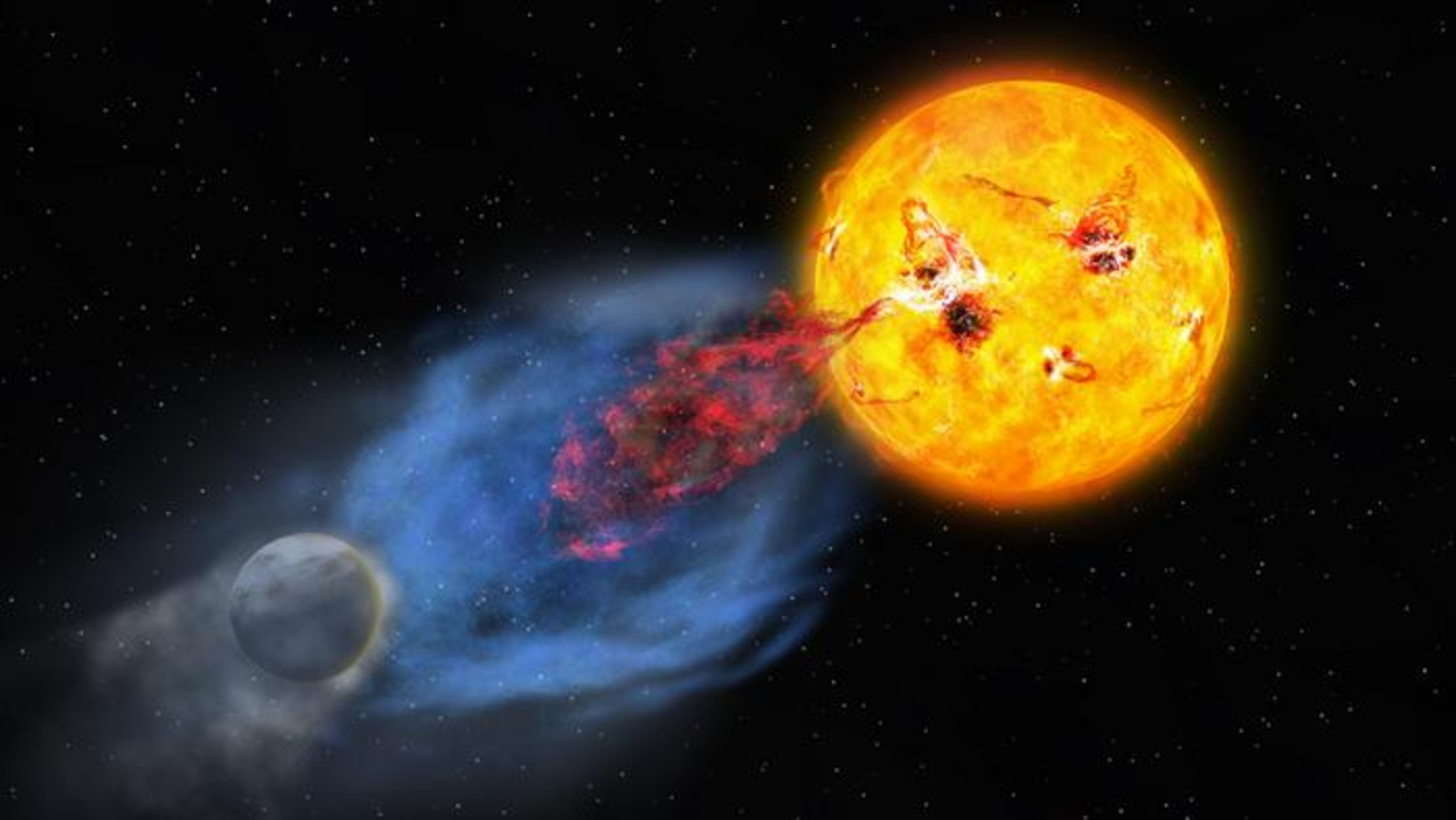
Powerful solar storms may help life get going on alien planets. Here's how
By Keith Cooper Published
-
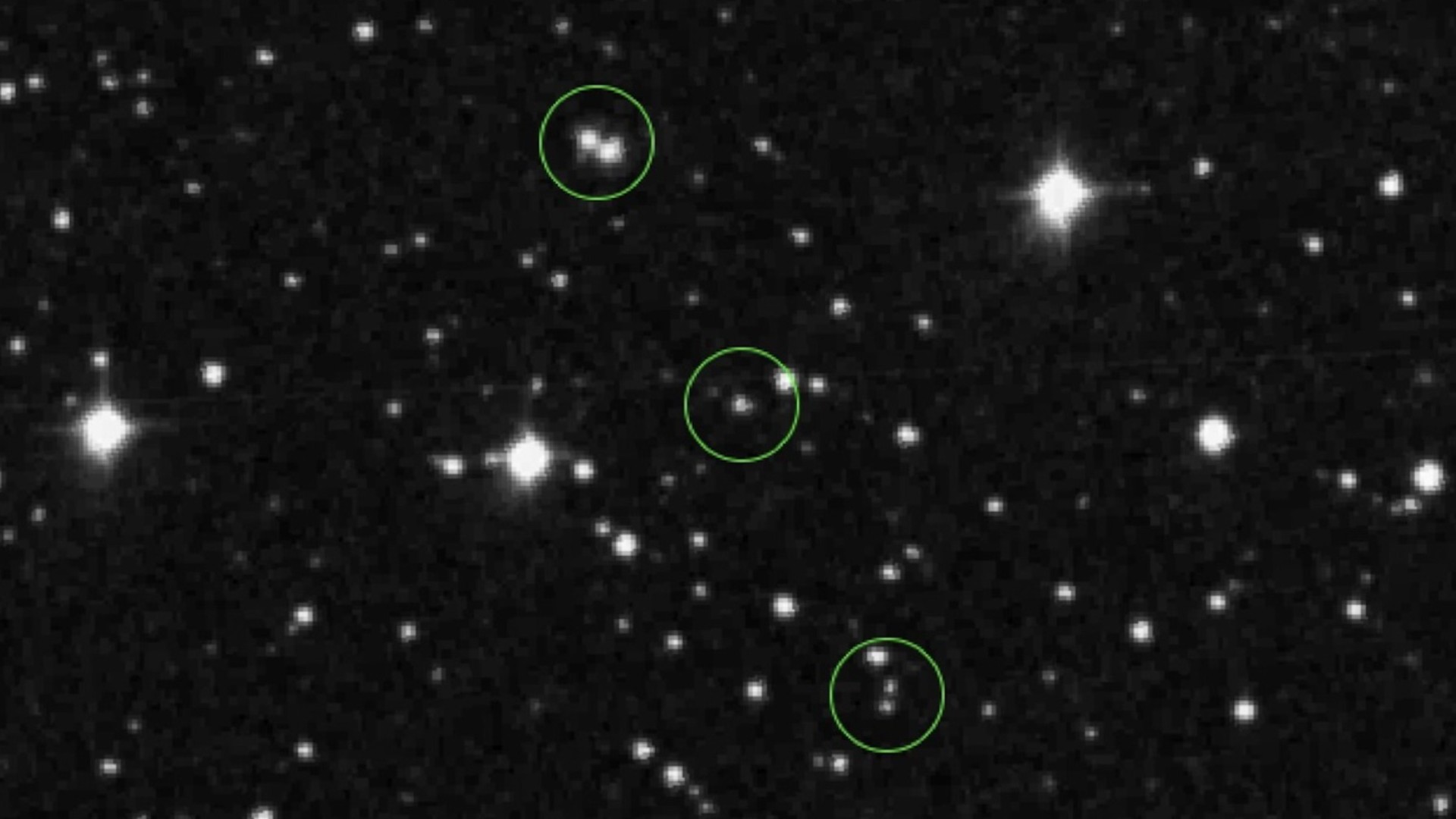
Could these mysterious flashes of light in 1950s photos be UFOs? Some researchers think so
By Keith Cooper Published
-

The search for life: A space science quiz
By Kenna Hughes-Castleberry Published
-
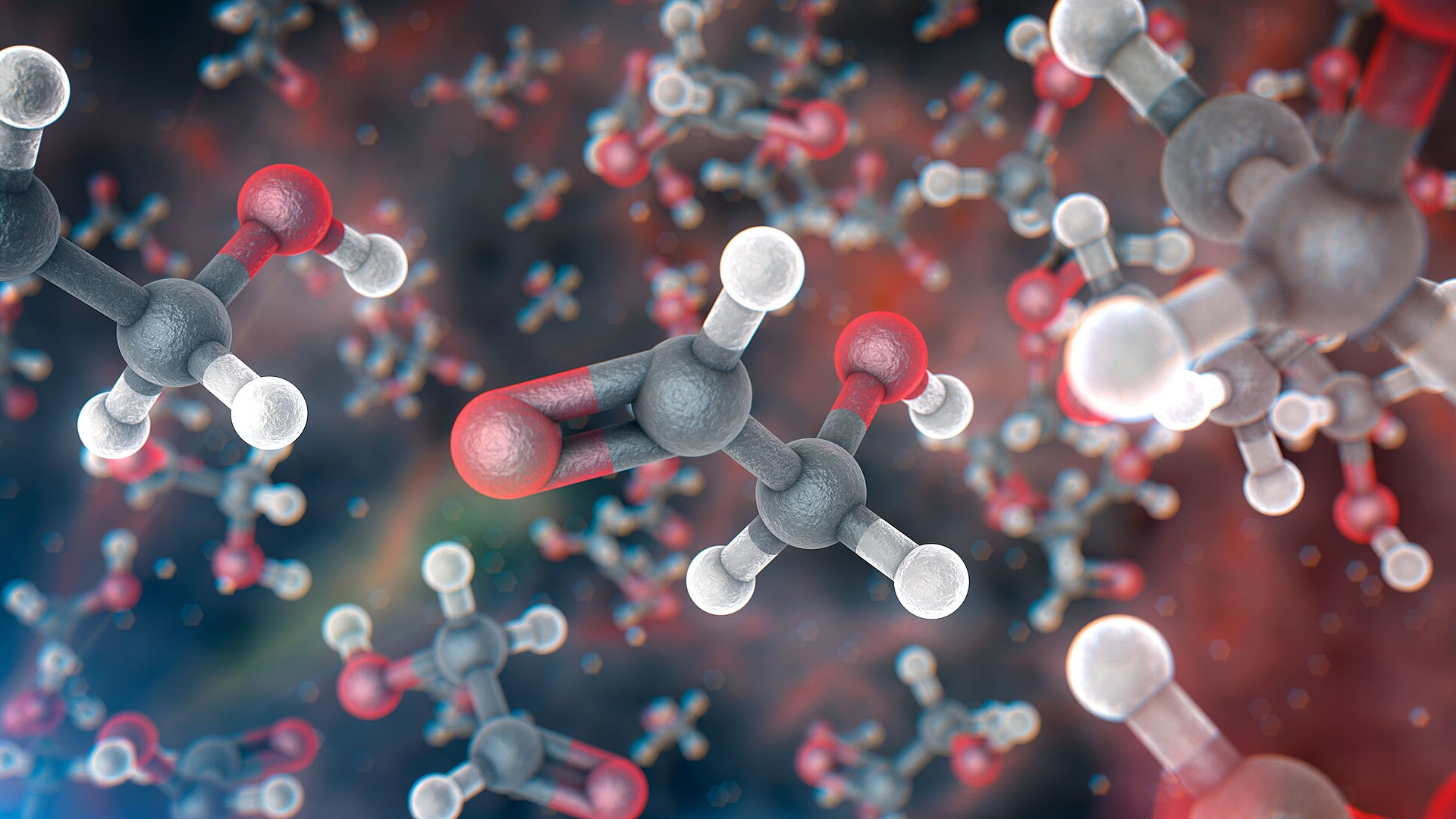
Space radiation can produce some organic molecules detected on icy moons
By Javier Barbuzano Published
-

How excited should we be about the latest Mars potential biosignature discovery? 'It's arguably the best evidence we have so far'
By Keith Cooper Published
-
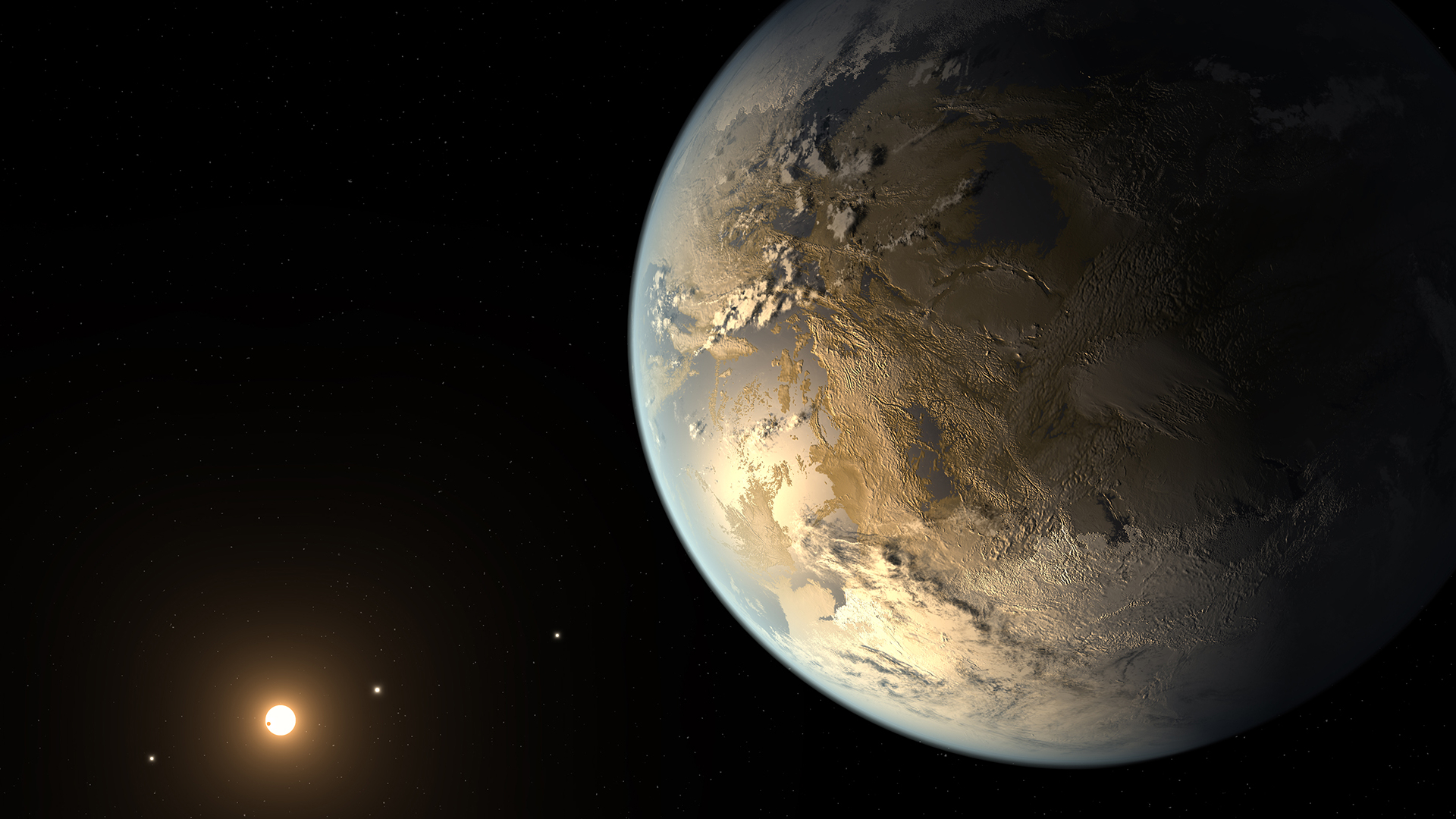
No near neighbors: Closest technologically advanced aliens may be 33,000 light-years from Earth
By Stefanie Waldek Published
-

Could a Mars crater have once hosted life? NASA's Perseverance rover finds more evidence it's possible
By Sharmila Kuthunur Published
-
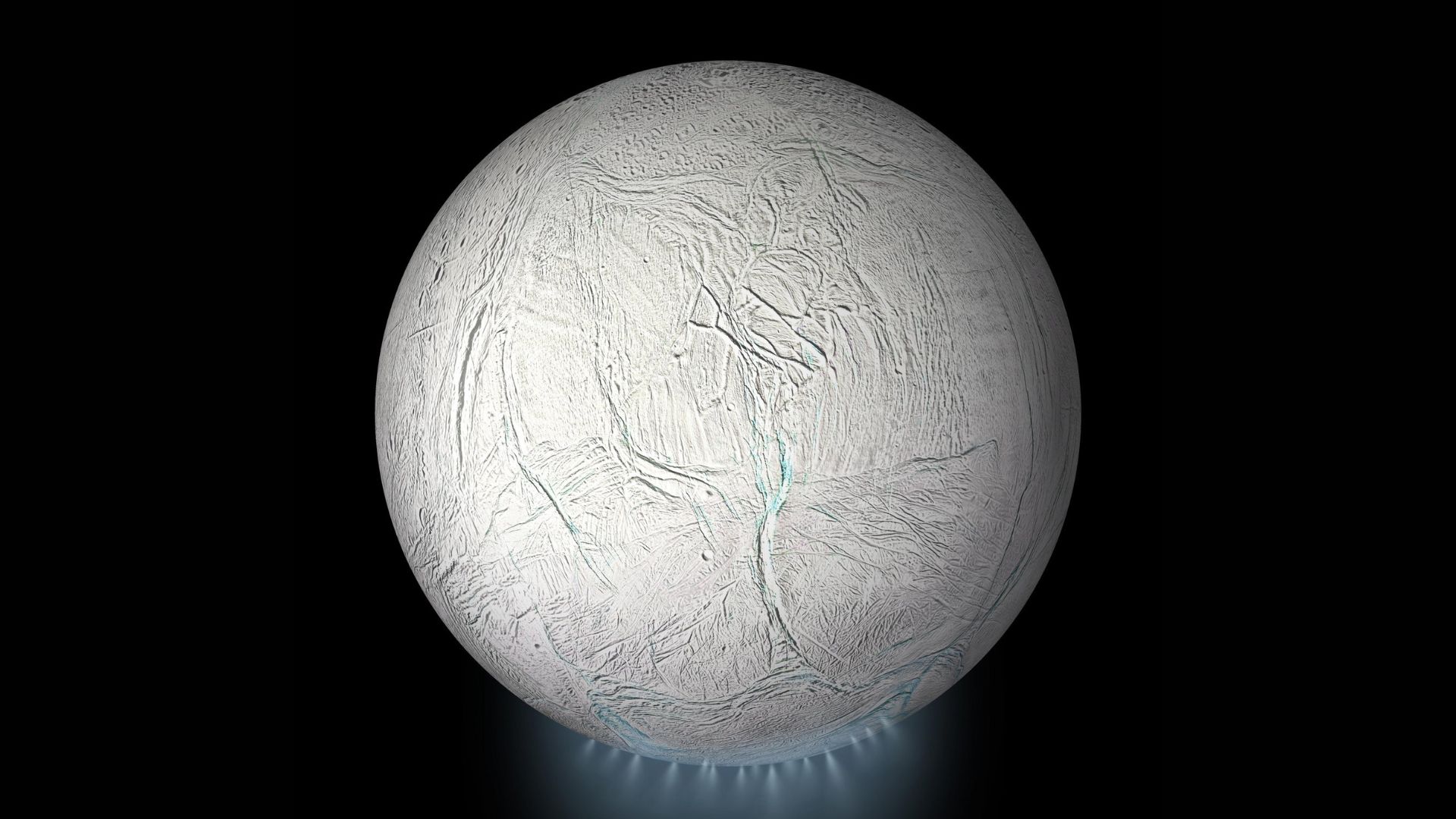
Is there life on Saturn's moon Enceladus? New study complicates the search
By Sharmila Kuthunur Published
-
More about Space Exploration
-
-

On this day in space! Nov. 7, 1996: Mars Global Surveyor launches to the Red Planet
By Hanneke Weitering Last updated
-

Watch Blue Origin's huge New Glenn rocket launch NASA Mars mission on Nov. 9
By Mike Wall Published
-

SpaceX launches 28 Starlink satellites from California's central coast (video)
By Josh Dinner Published
-